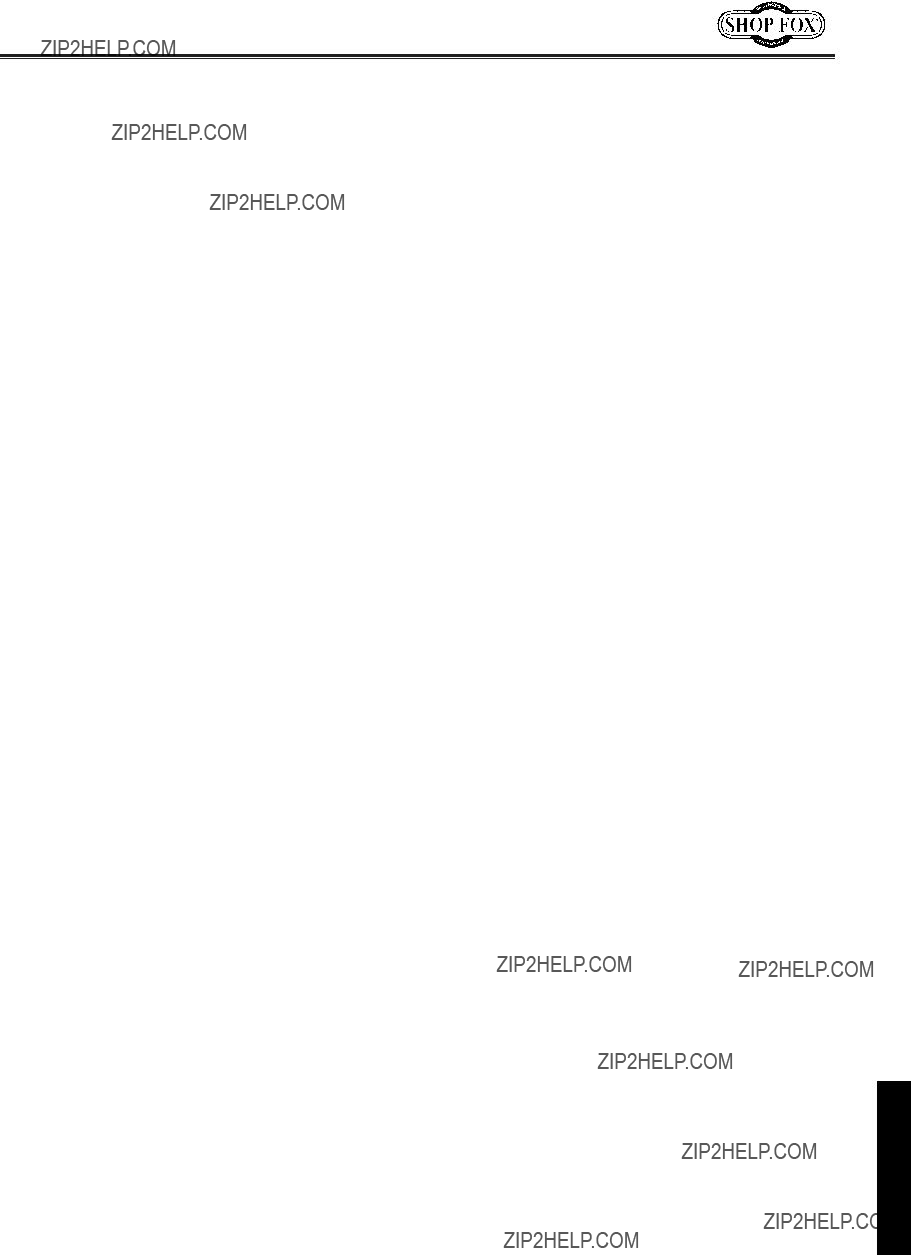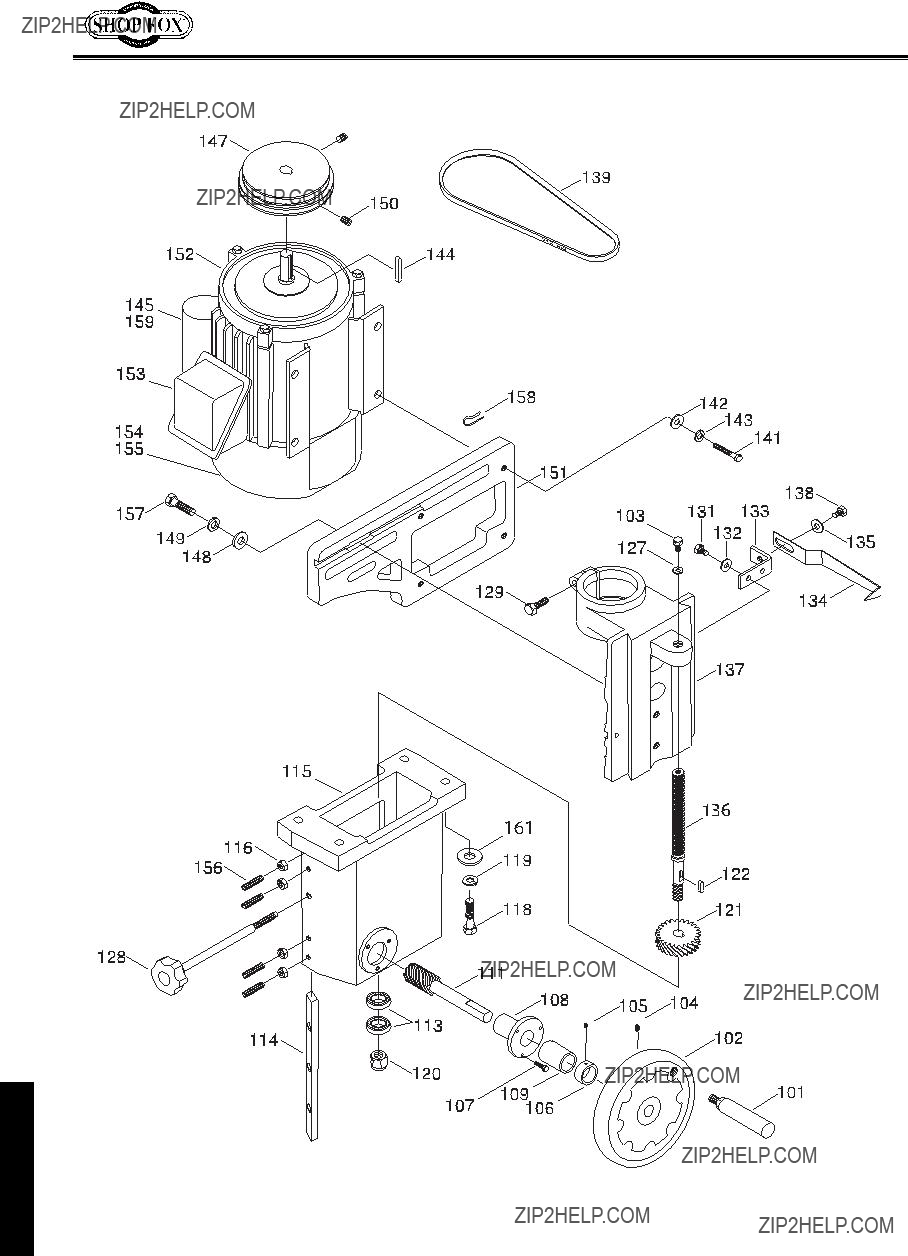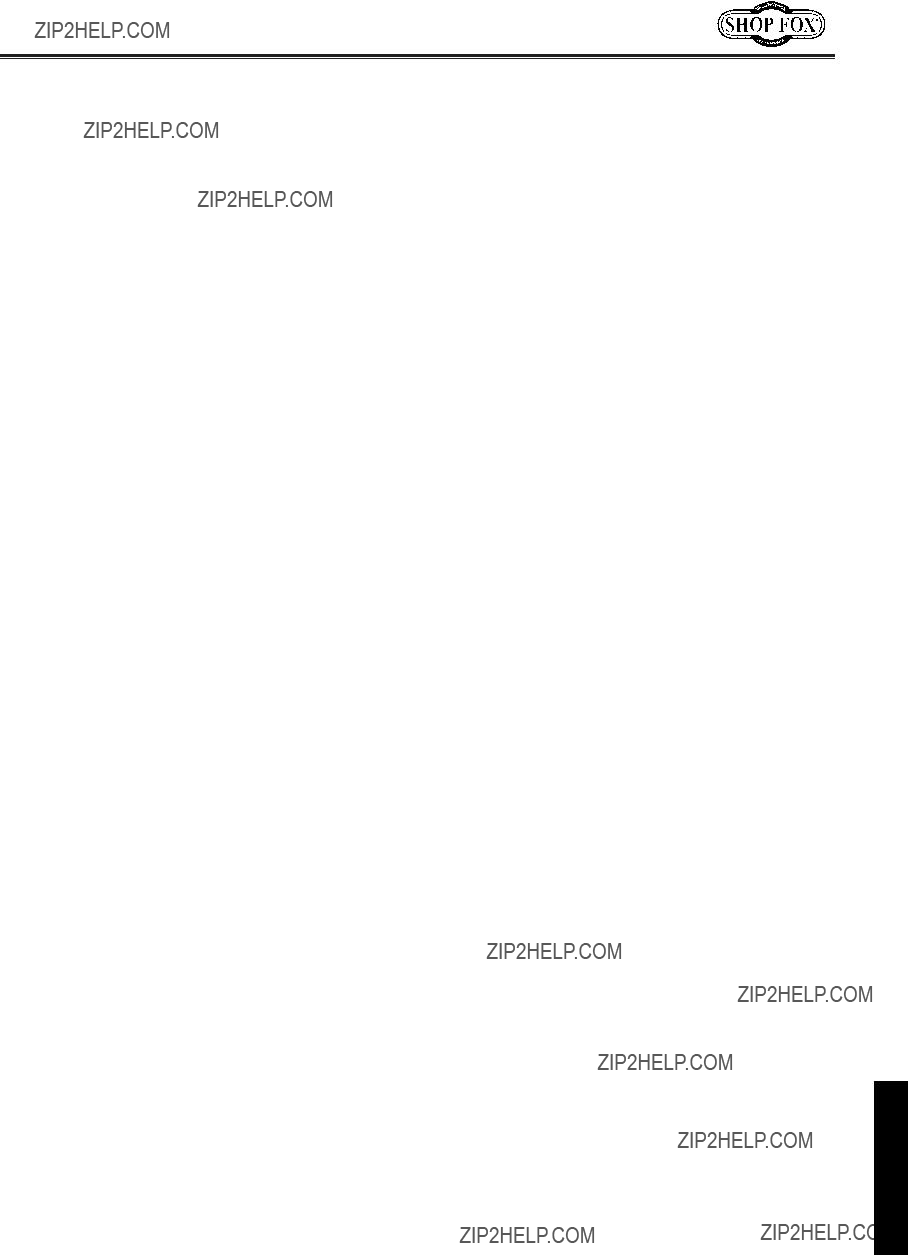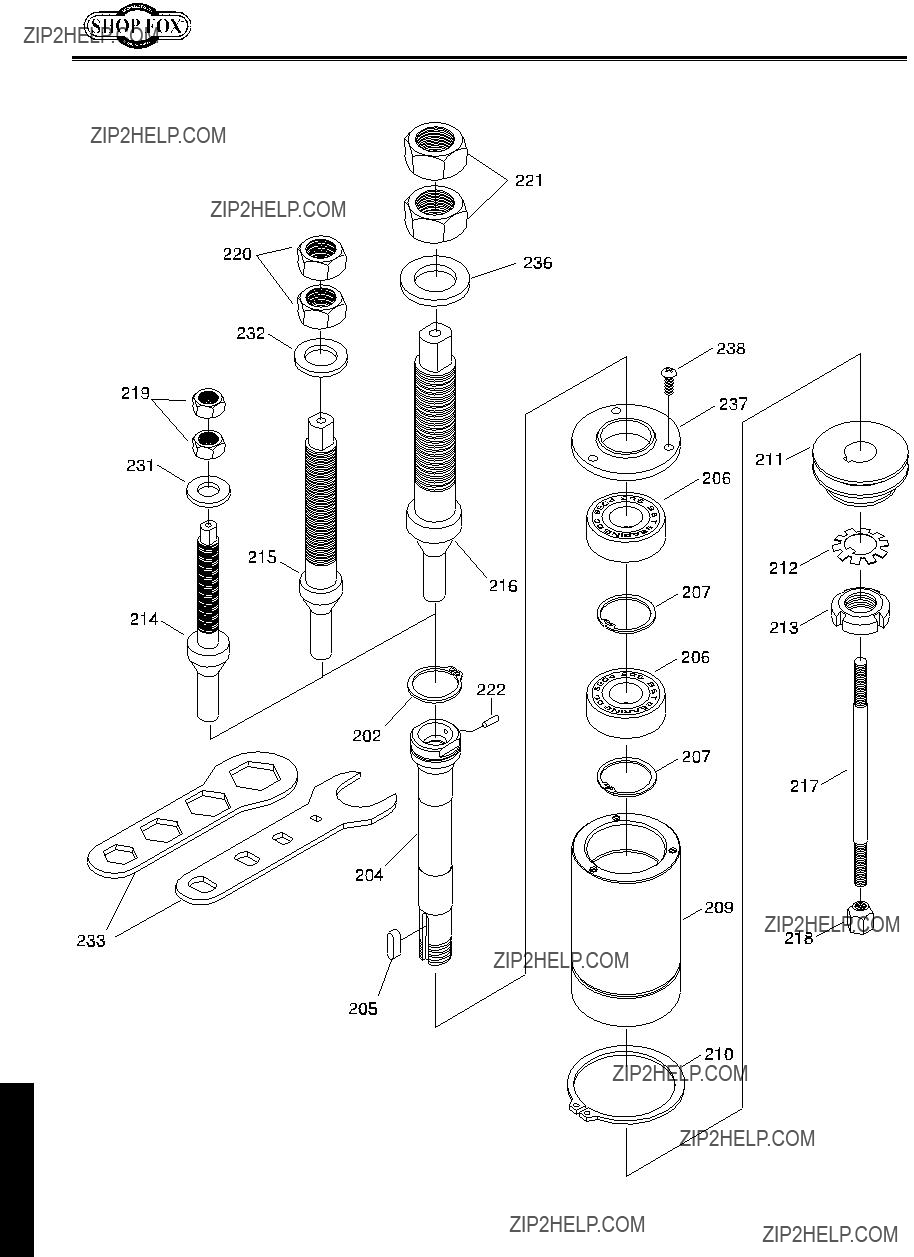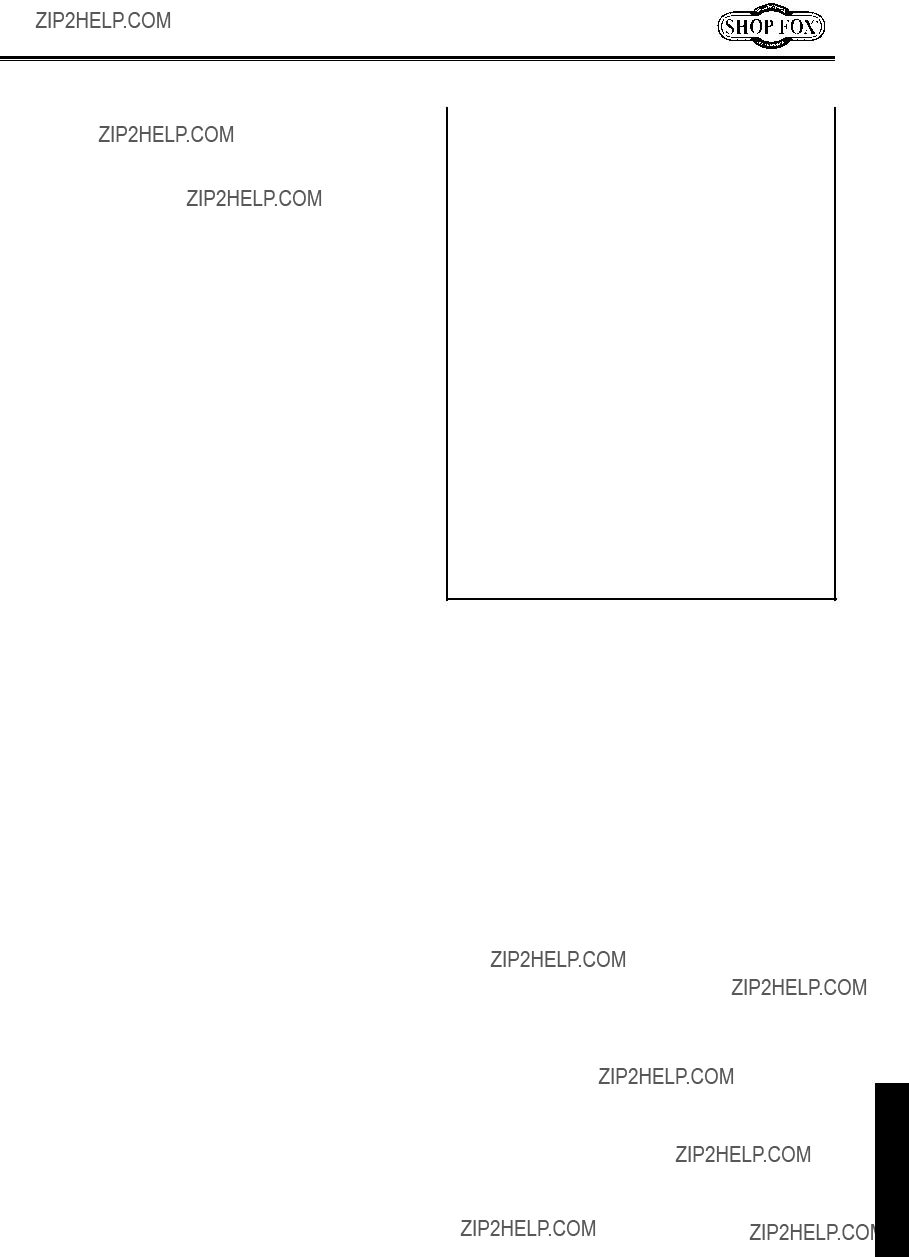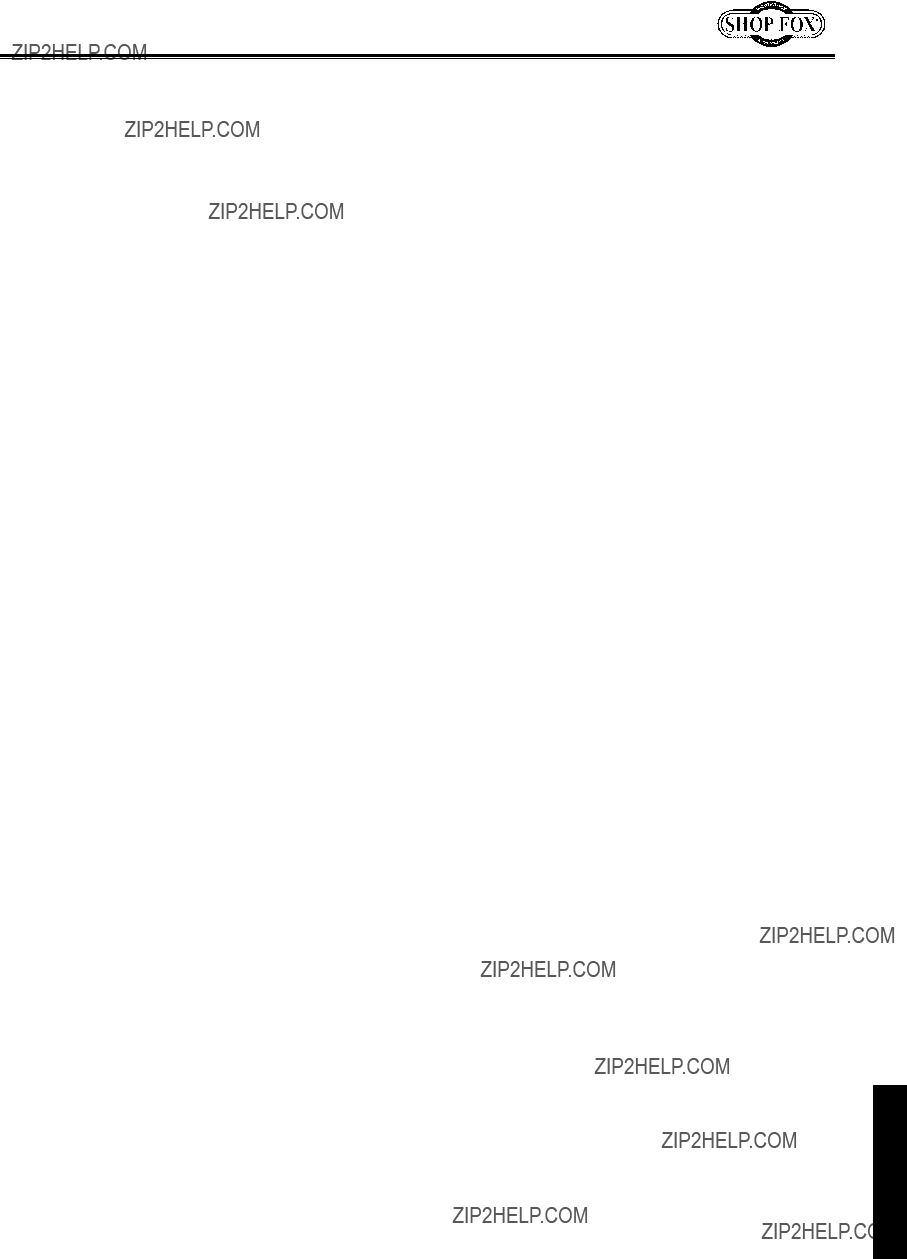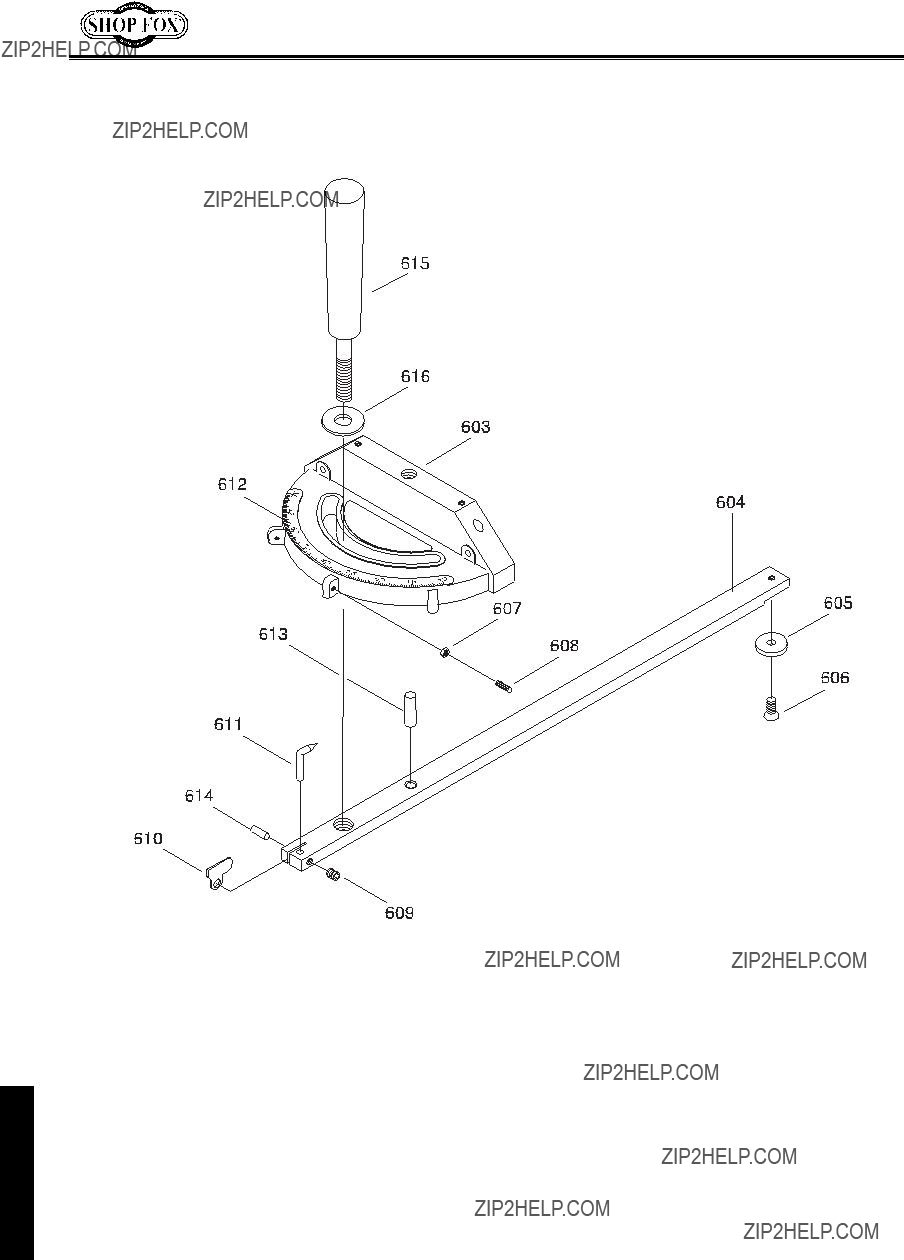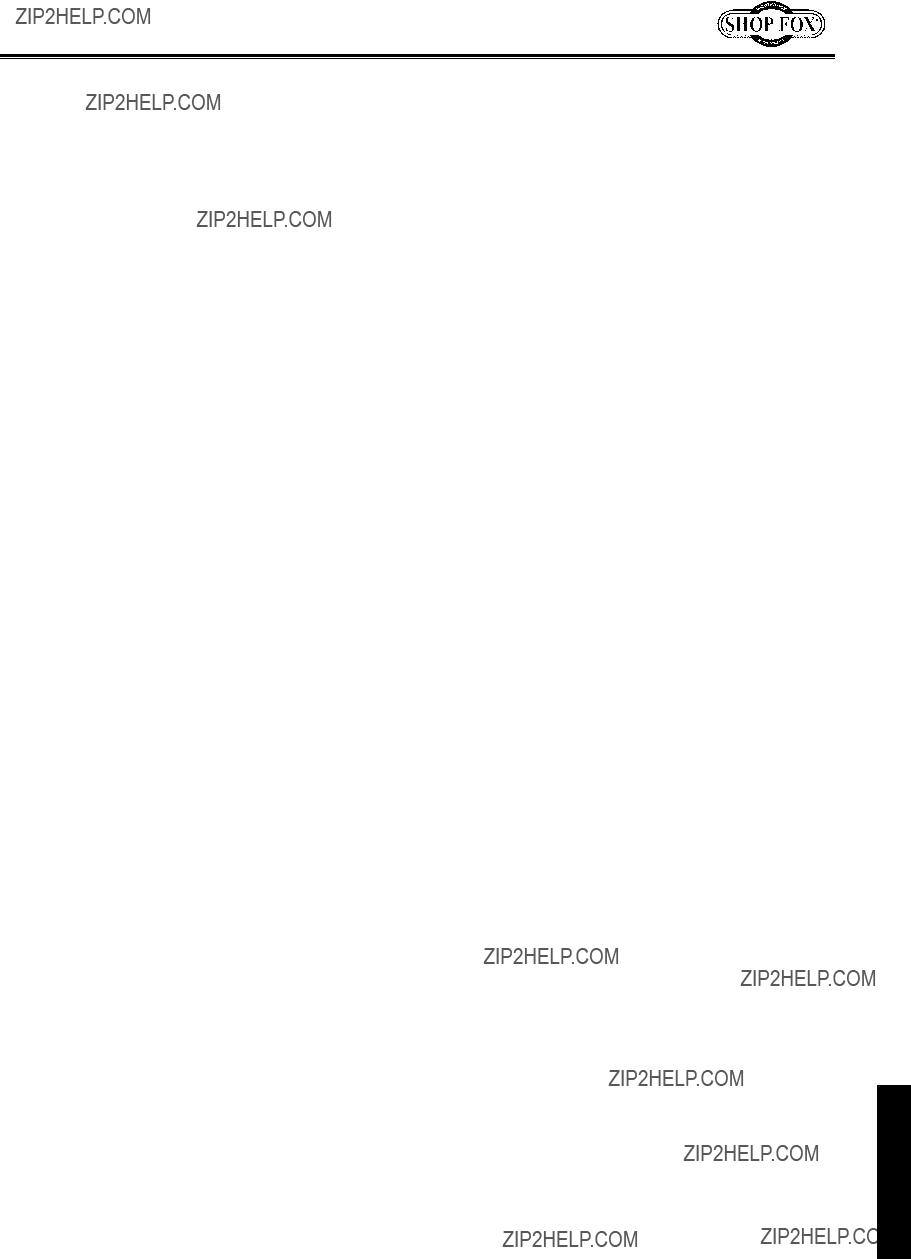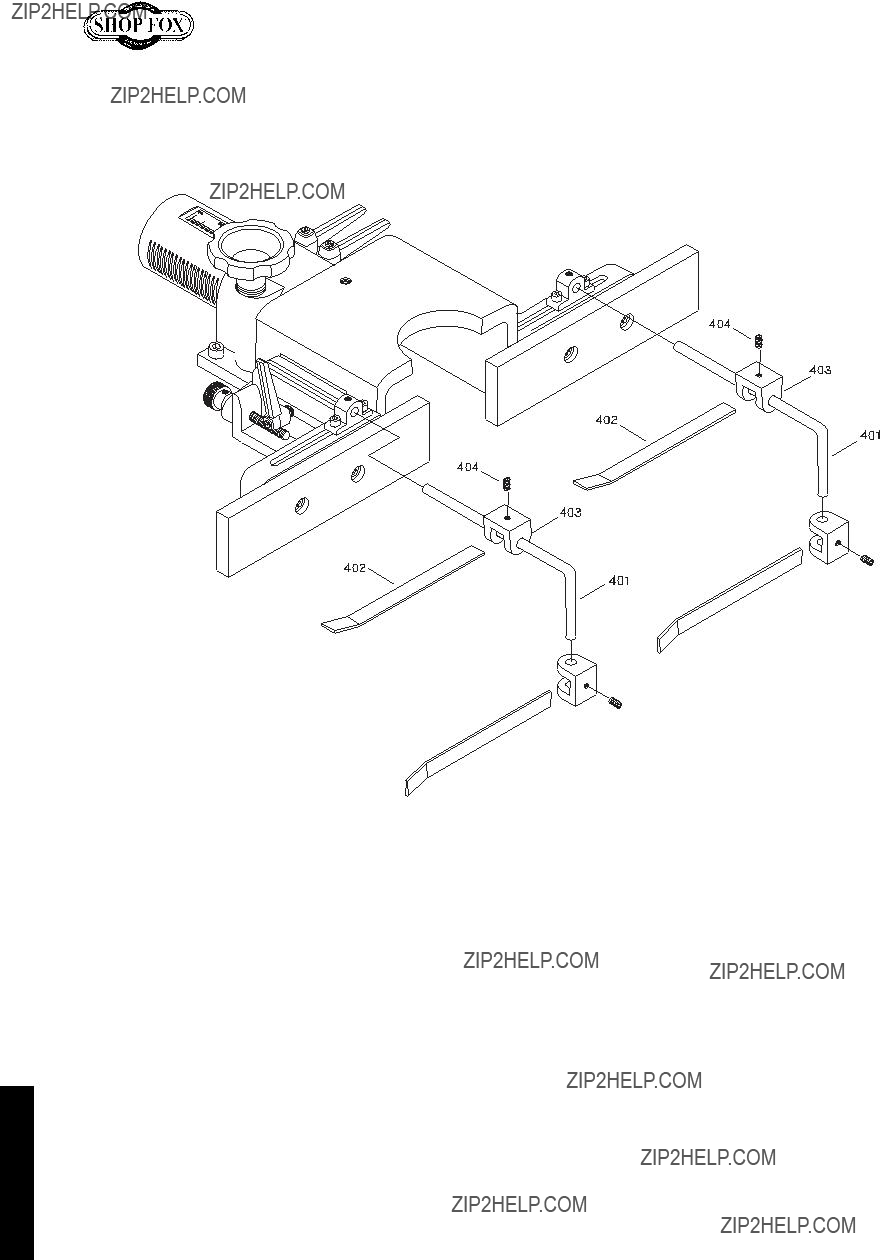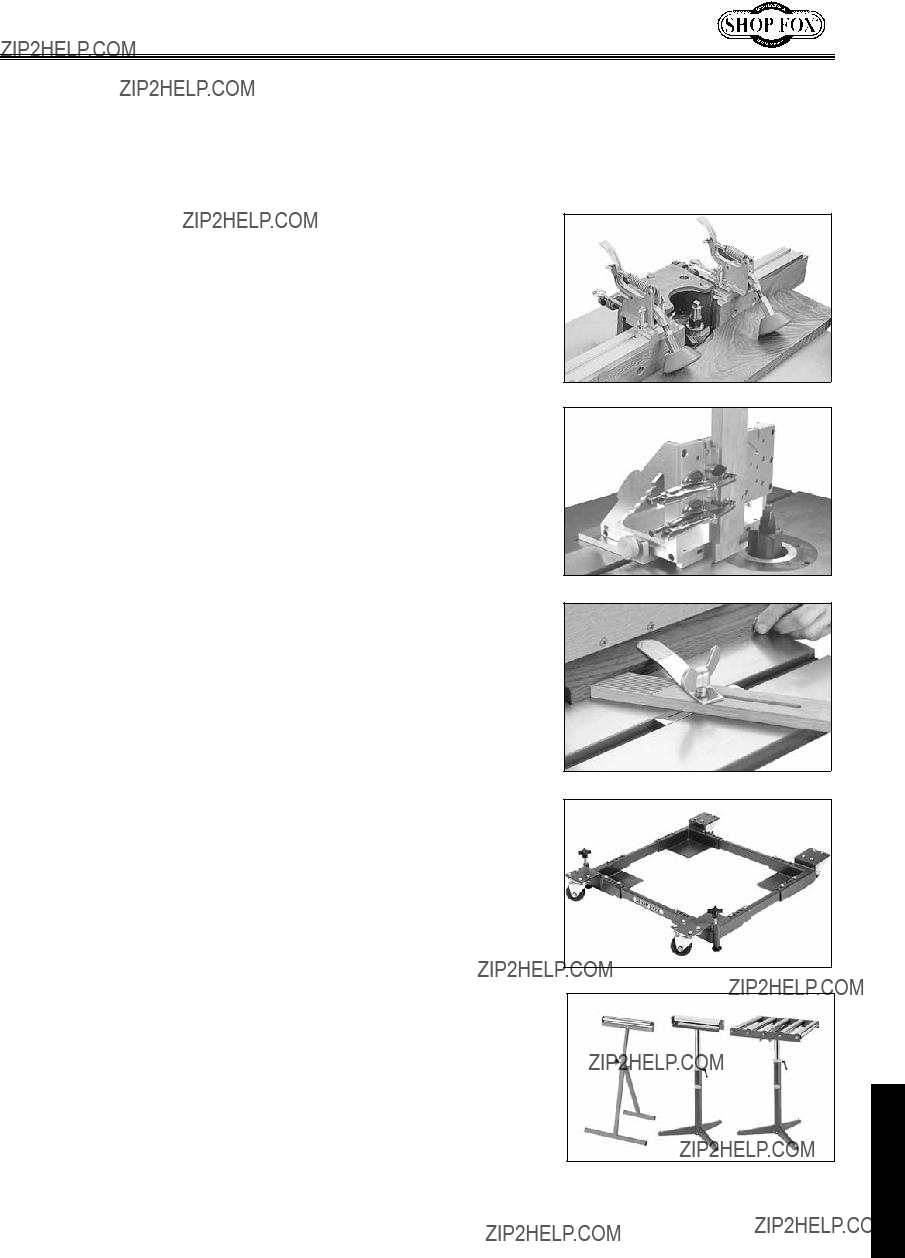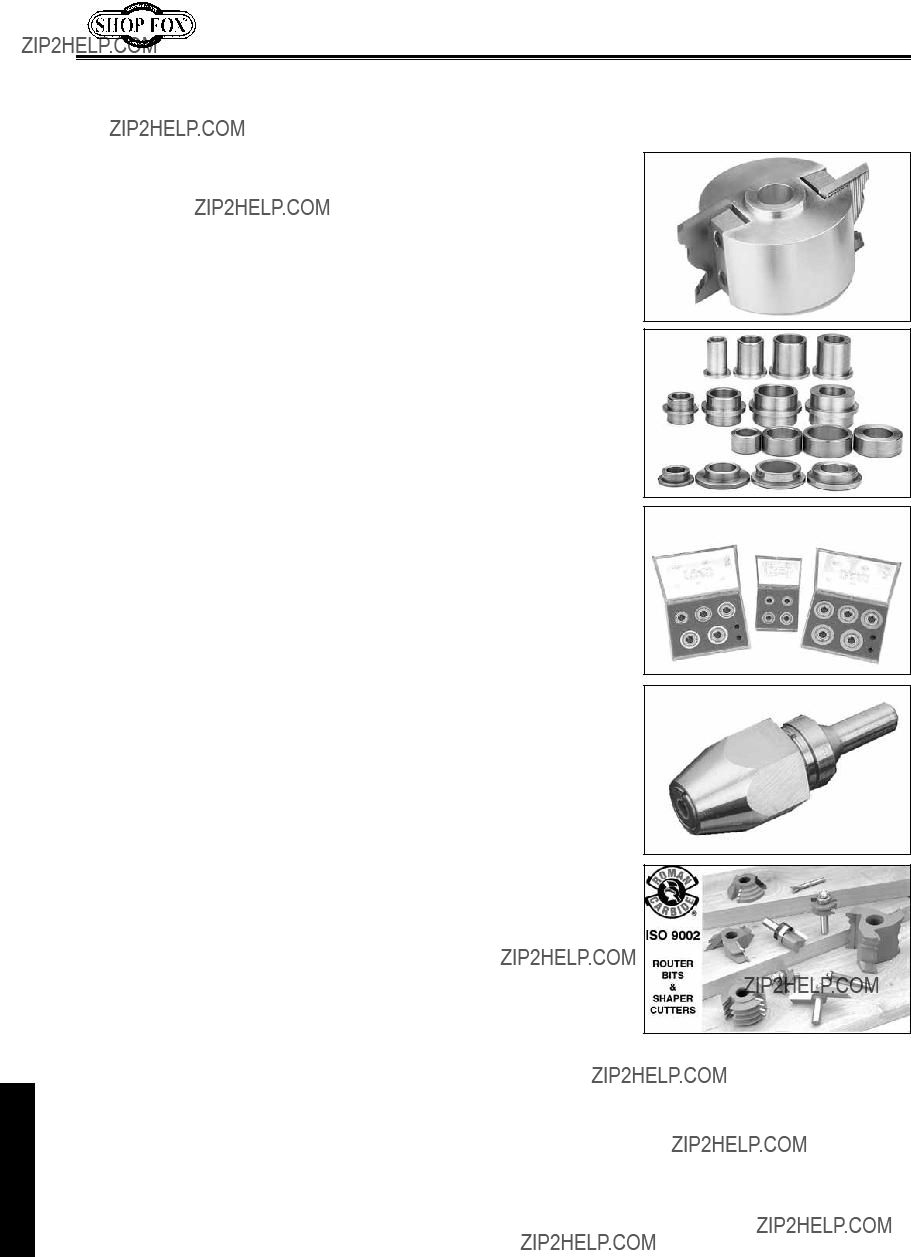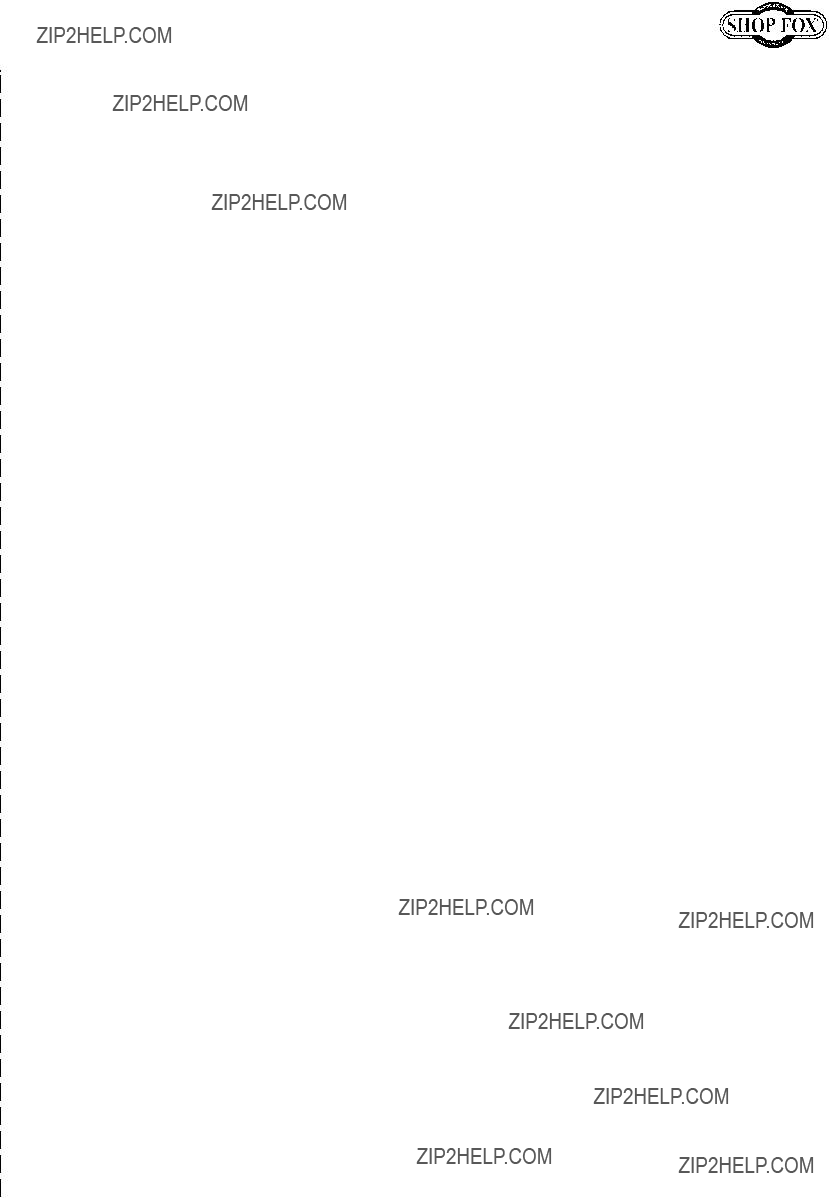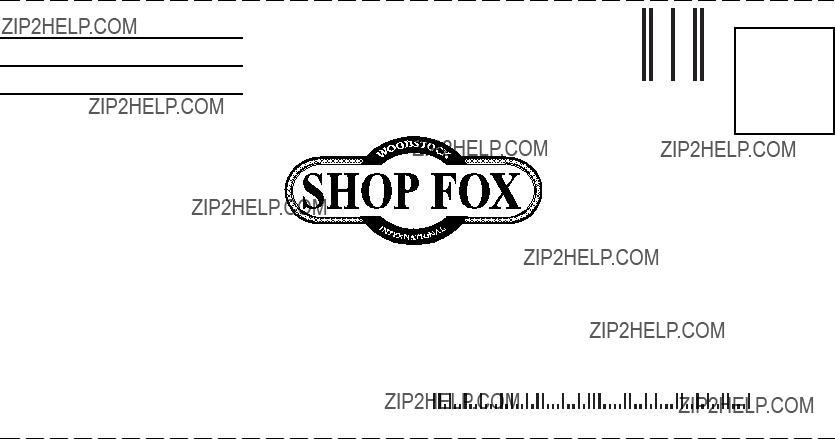SAFETY
READ MANUAL BEFORE OPERATING MACHINE.
FAILURE TO FOLLOW INSTRUCTIONS BELOW WILL
RESULT IN PERSONAL INJURY.
Indicates an imminently hazardous situation which, if not avoided, WILL result in death or serious injury.
Indicates a potentially hazardous situation which, if not avoided, COULD result in death or serious injury.
Indicates a potentially hazardous situation which, if not avoided, MAY result in minor or moderate injury.
This symbol is used to alert the user to useful information about proper NOTICE operation of the equipment, and/or a situation that may cause damage
to the machinery.
Standard Safety Instructions
1.Thoroughly read the instruction manual before operating your machine. Learn the applications, limitations and potential hazards of this machine. Keep manual in a safe, convenient place for future reference.
2.Keep work area clean and well lit. Clutter and inadequate lighting invite potential hazards.
3.Ground all tools. If a machine is equipped with a three-prong plug, it must be plugged into a three- hole grounded electrical receptacle or grounded extension cord. If using an adapter to aid in accommodating a two-hole receptacle, ground using a screw to a known ground.
4.Wear eye protection at all times. Use safety glasses with side shields or safety goggles that meet the appropriate standards of the American National Standards Institute (ANSI).
5.Avoid dangerous environments. DO NOT operate this machine in wet or open flame environments. Airborne dust particles could cause an explosion and severe fire hazard.
6.Ensure all guards are securely in place and in working condition.
7.Make sure the machine power switch is in the OFF position before connecting power to machine.
8.Keep the work area clean, free of clutter, grease, etc.
9.Keep children and visitors away. Visitors should be kept at a safe distance while operating unit.
10.Childproof your workshop with padlocks, master switches or by removing starter keys.
11.Stop and disconnect the machine when cleaning, adjusting or servicing.
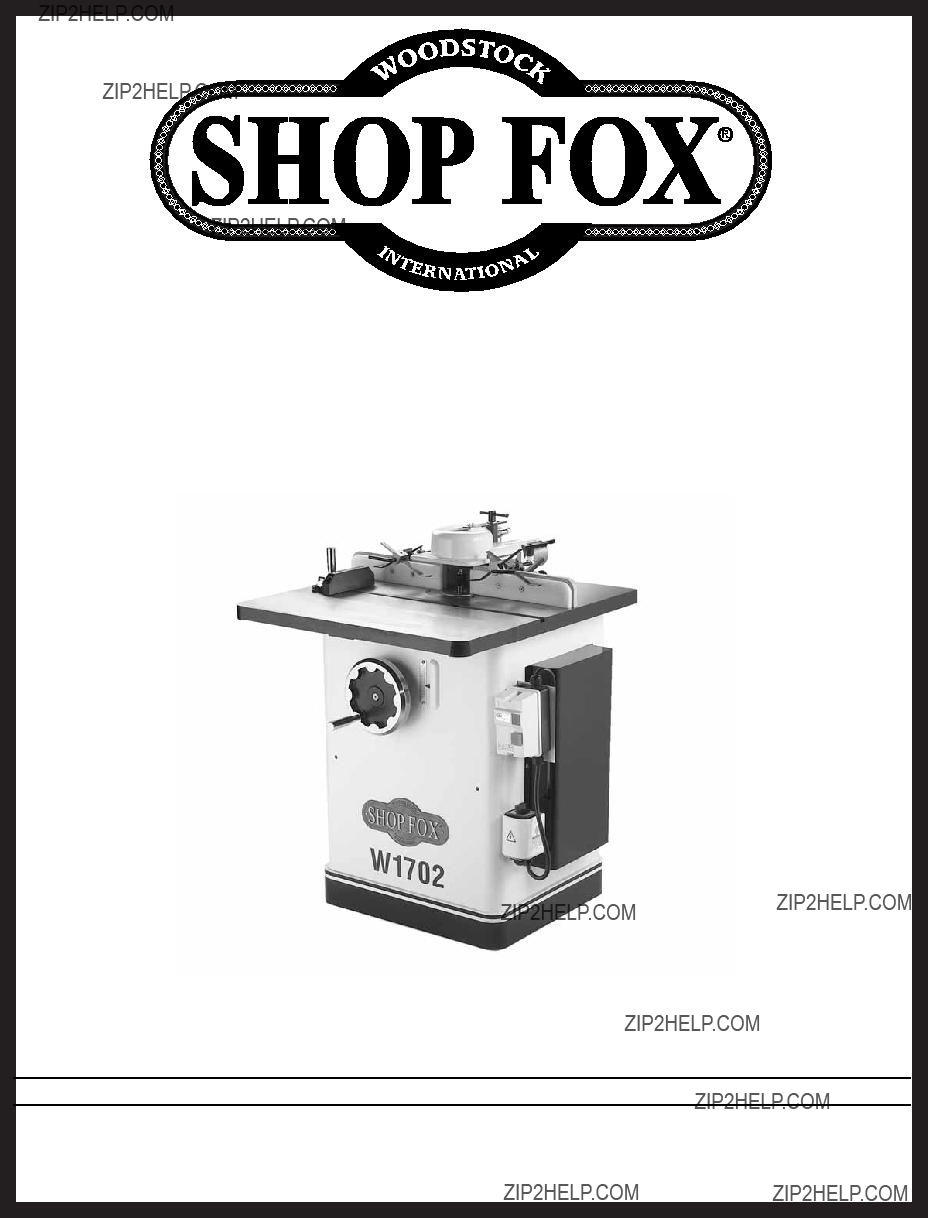
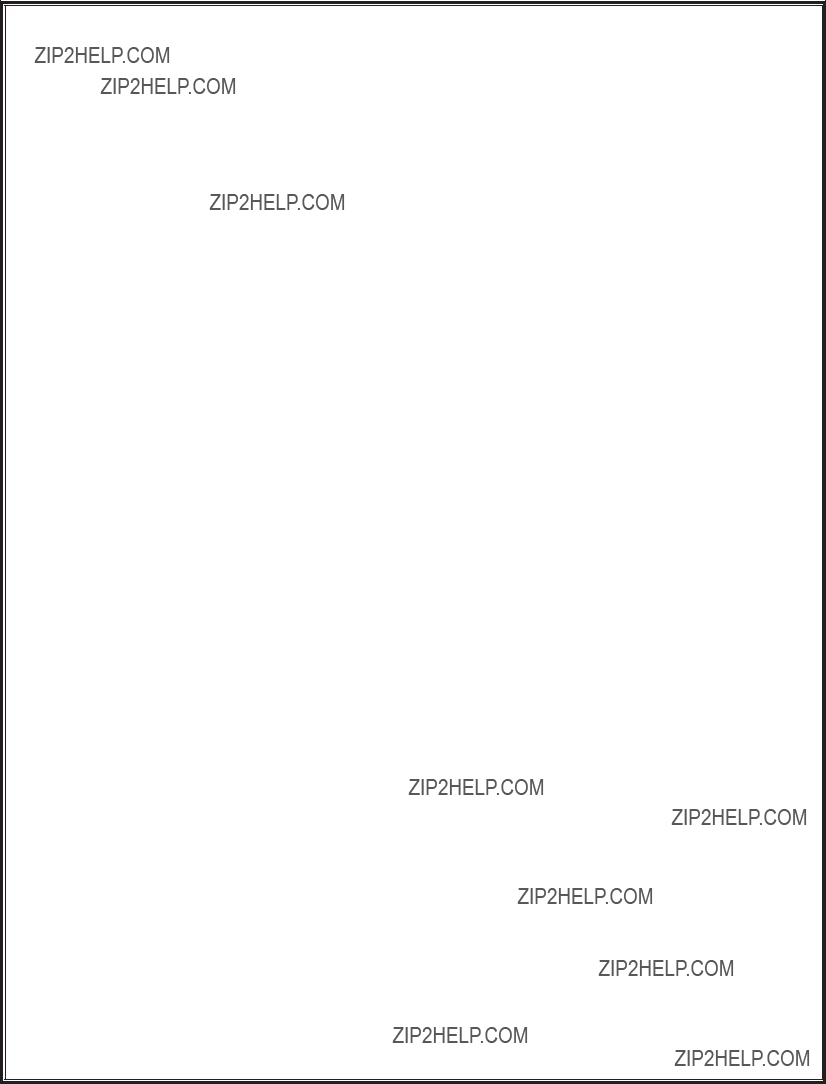
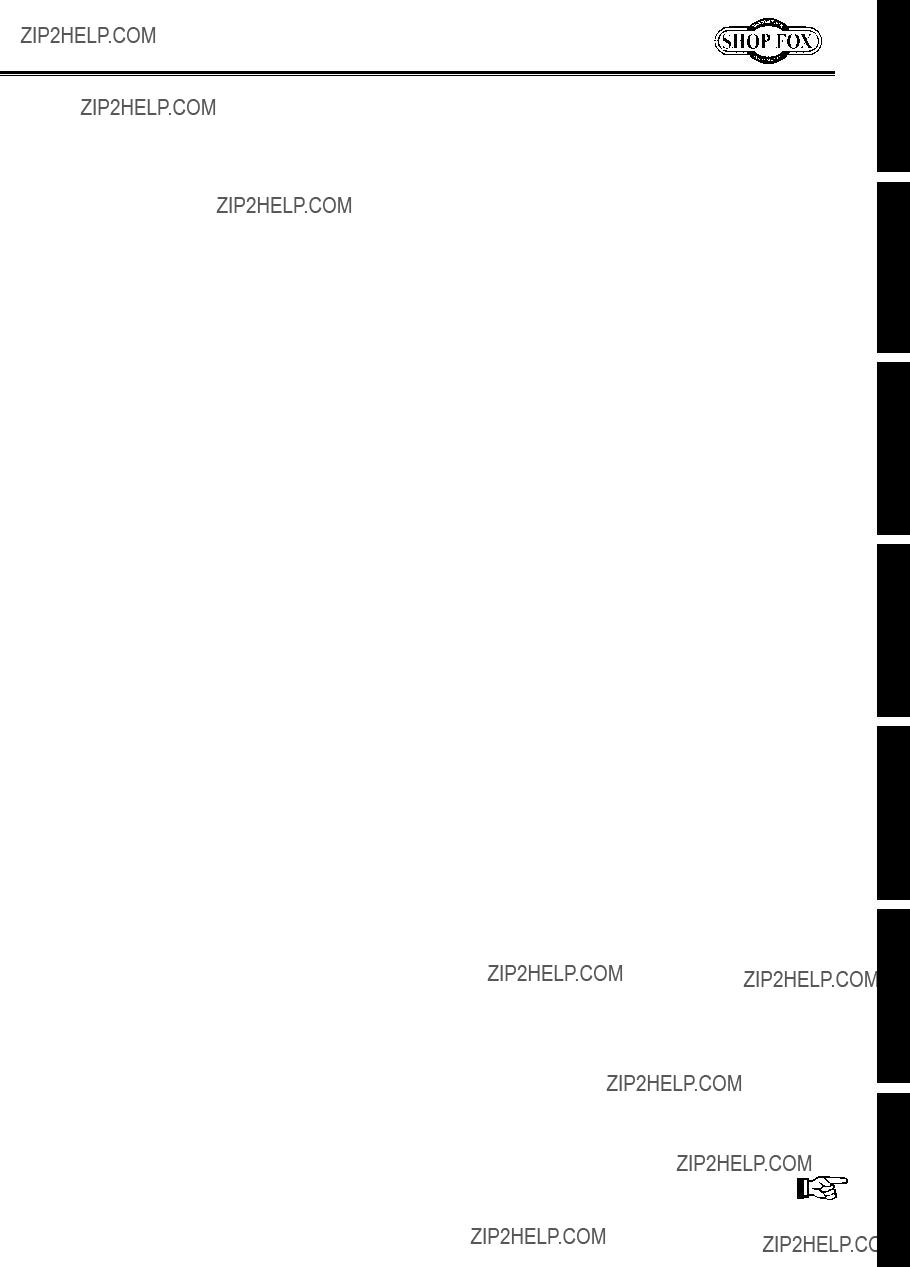


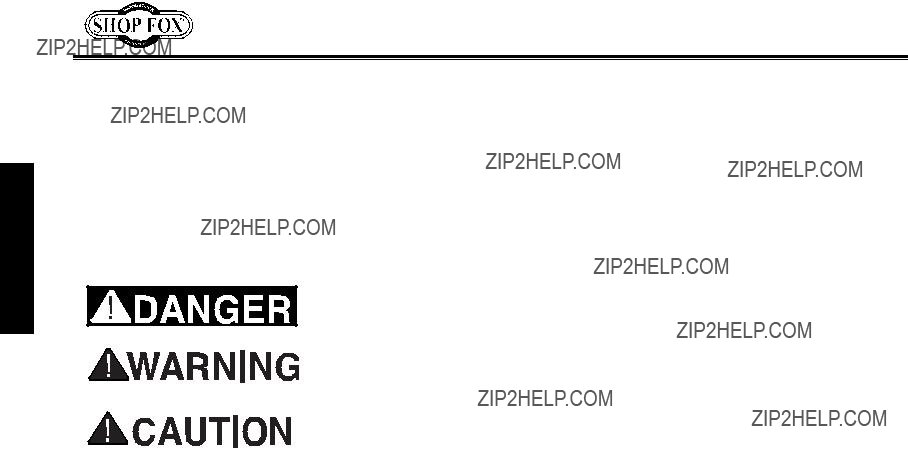
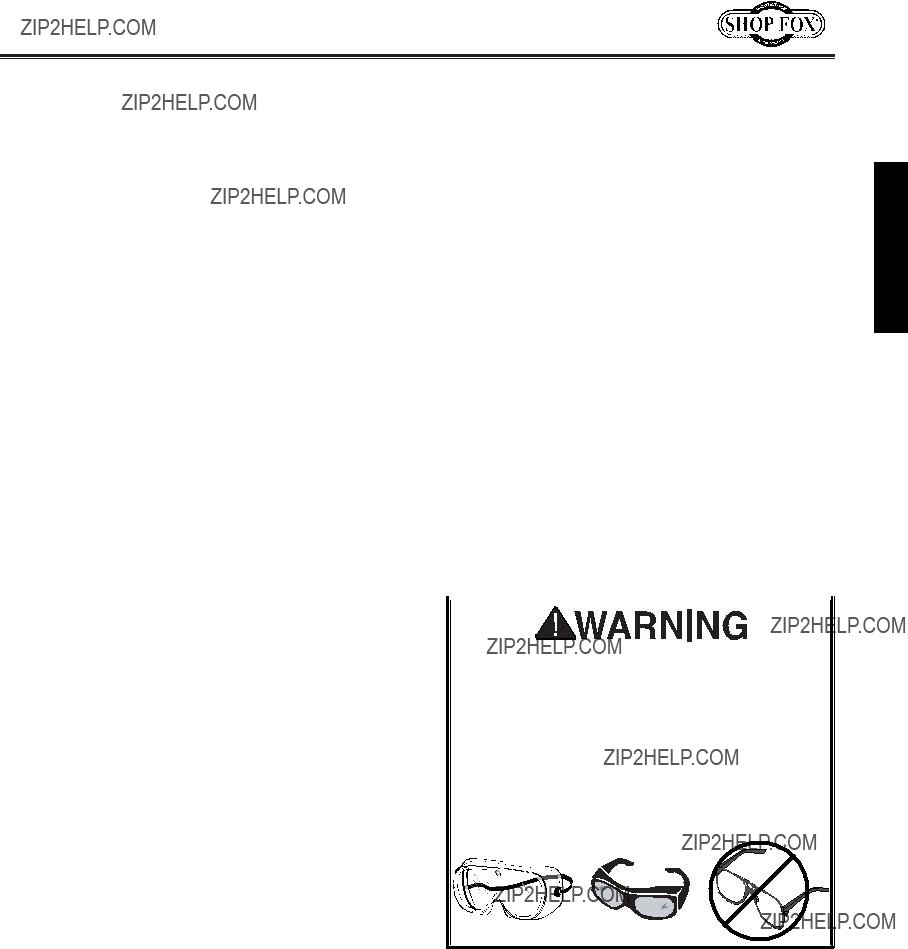

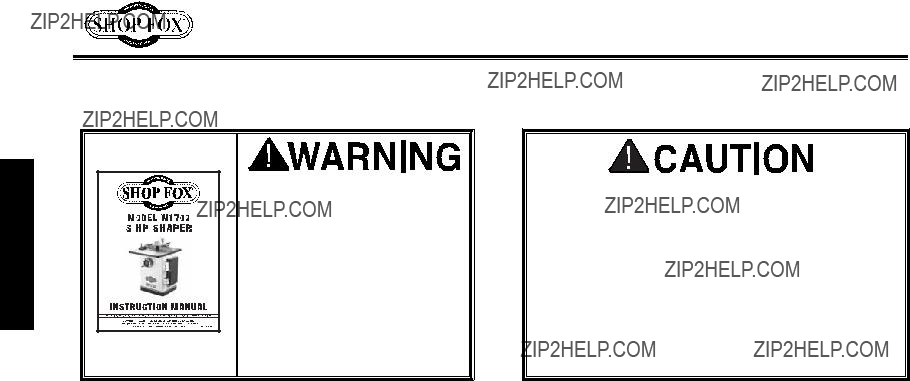
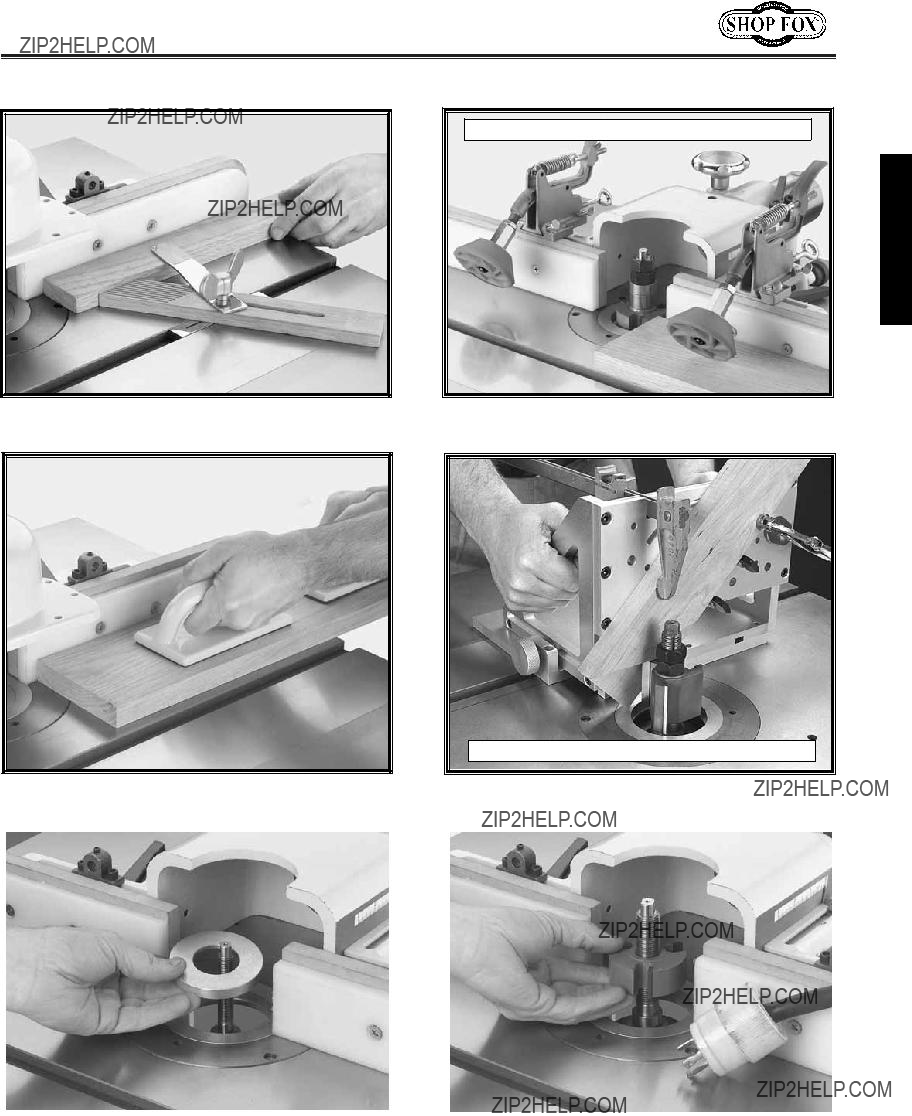
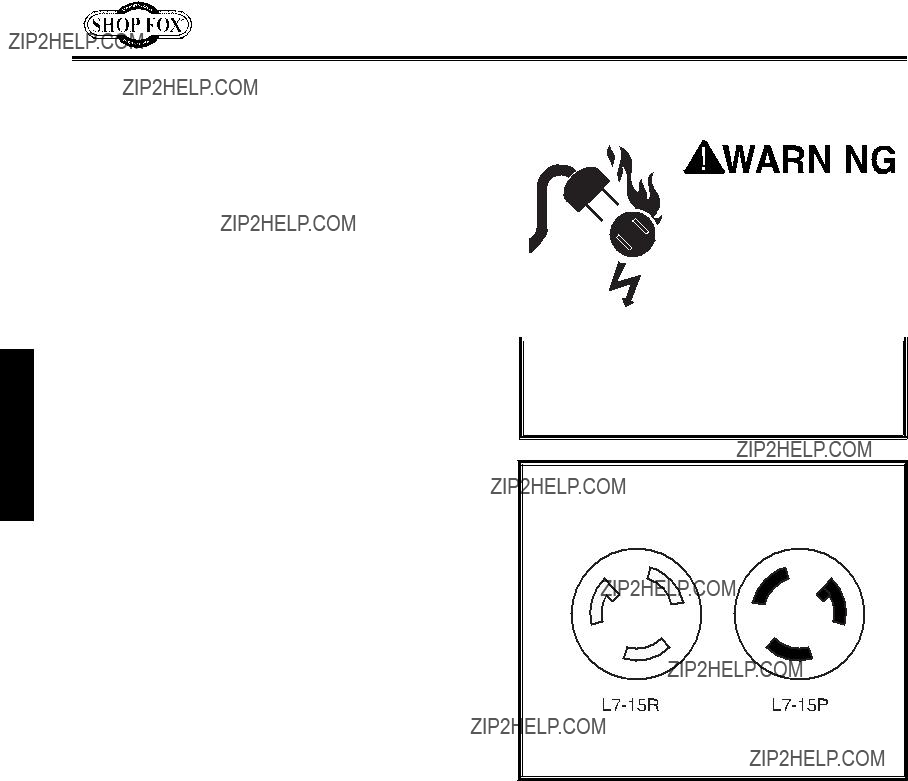




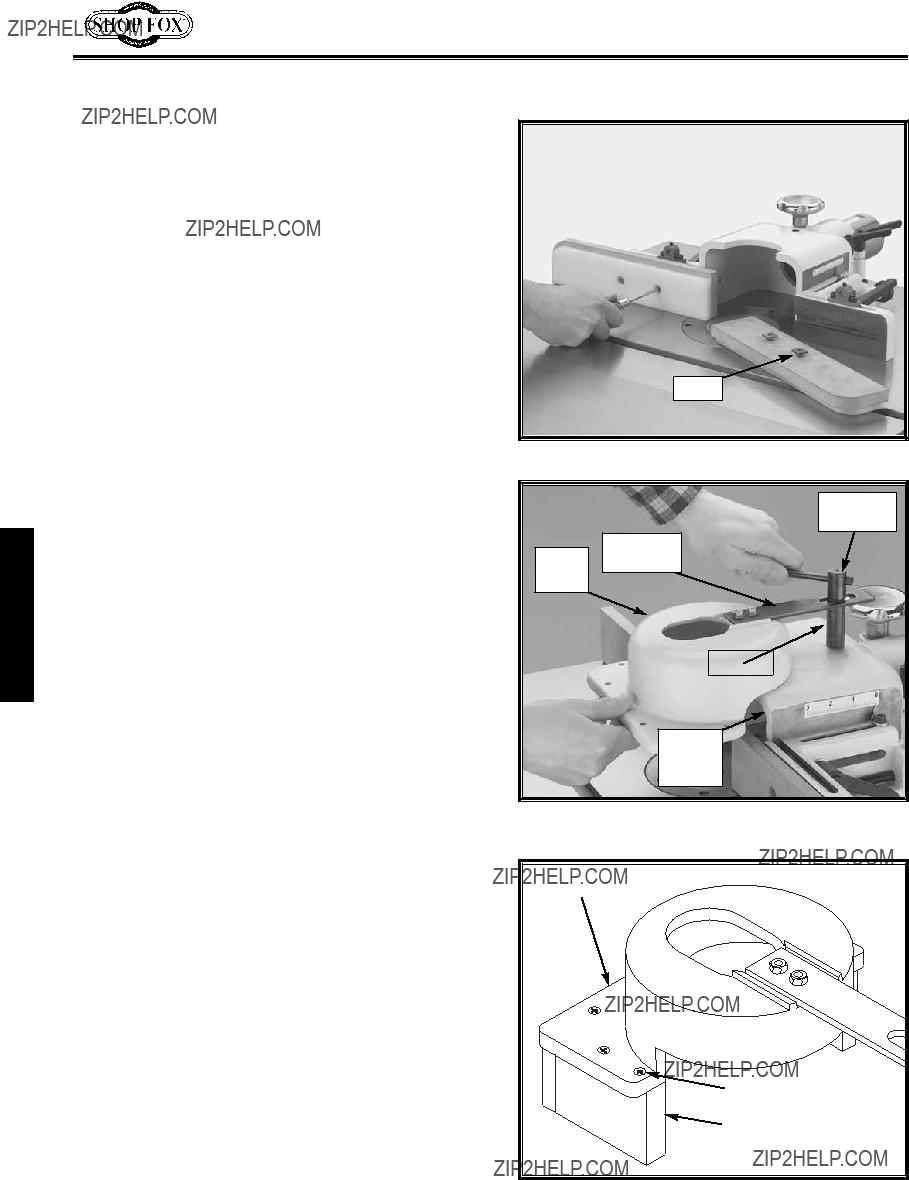



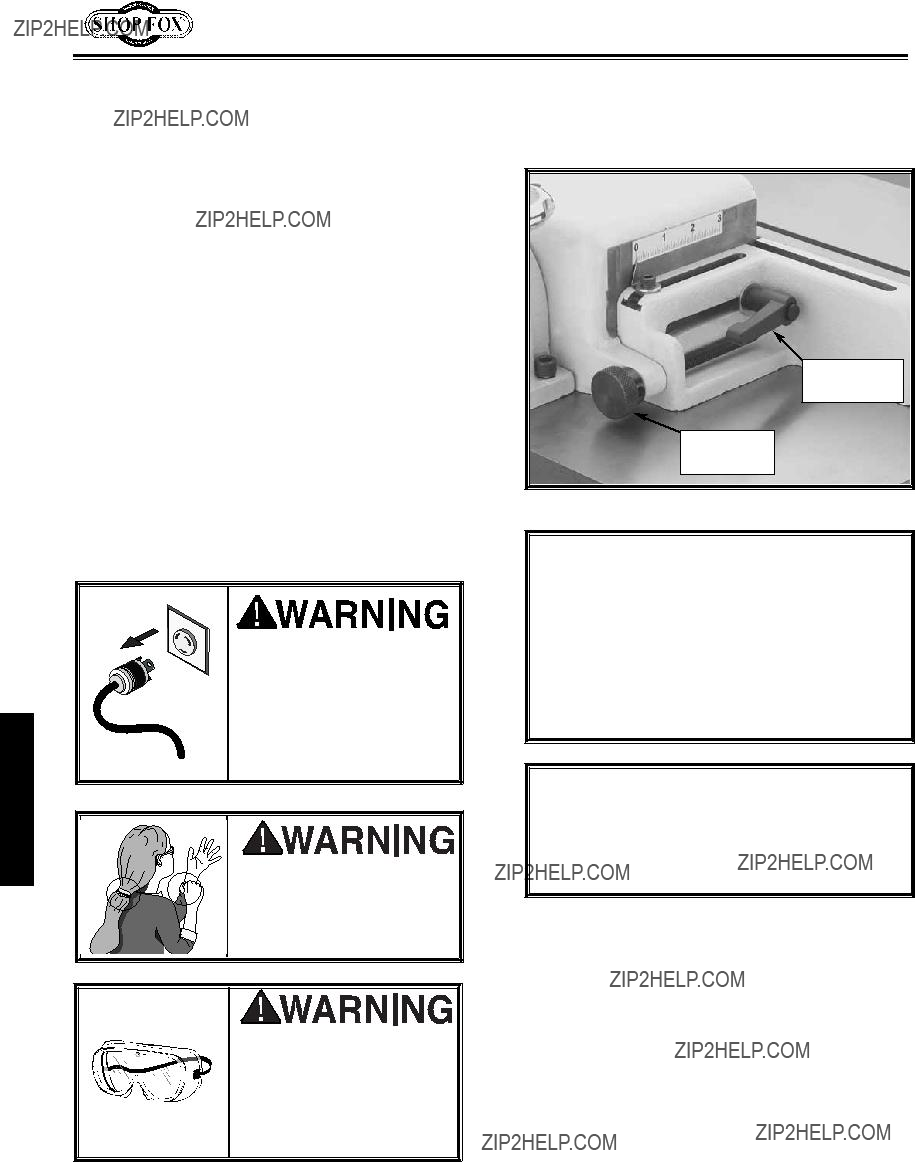


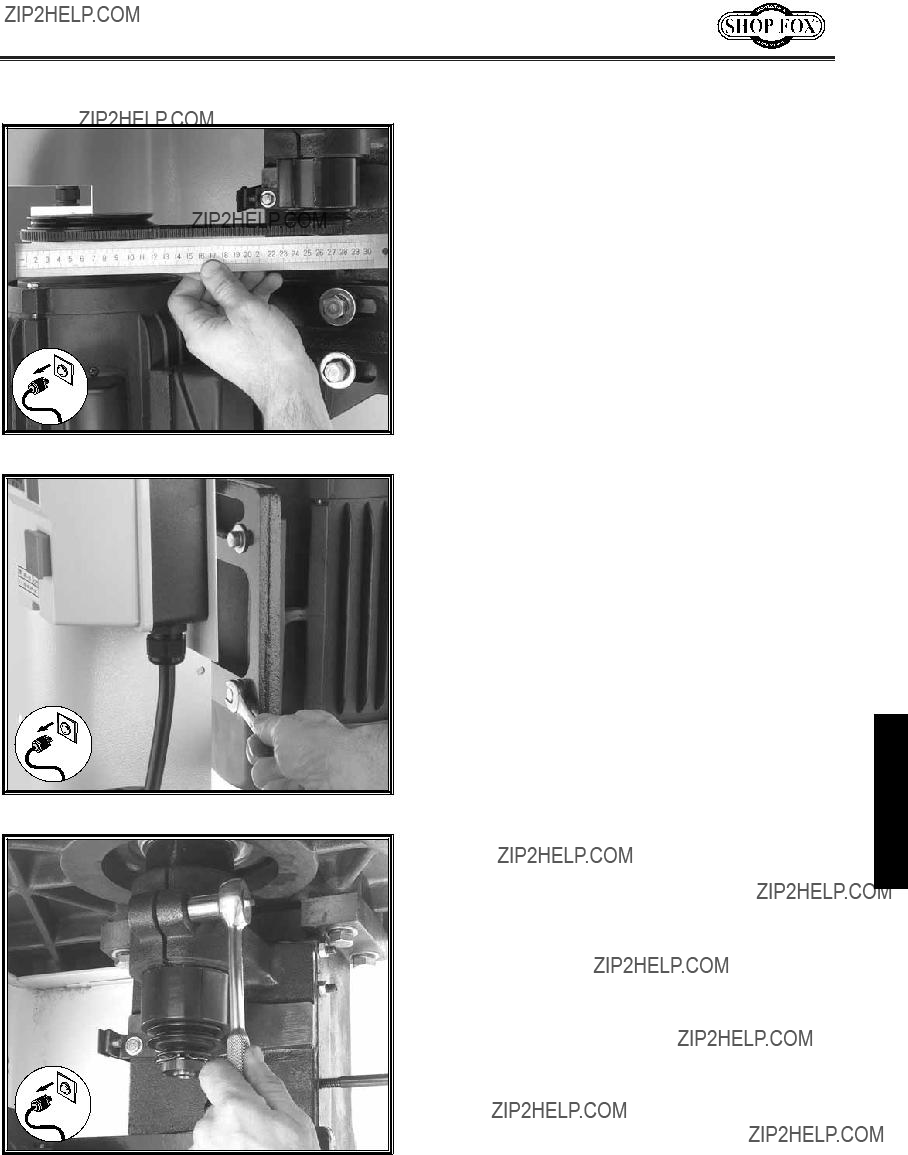
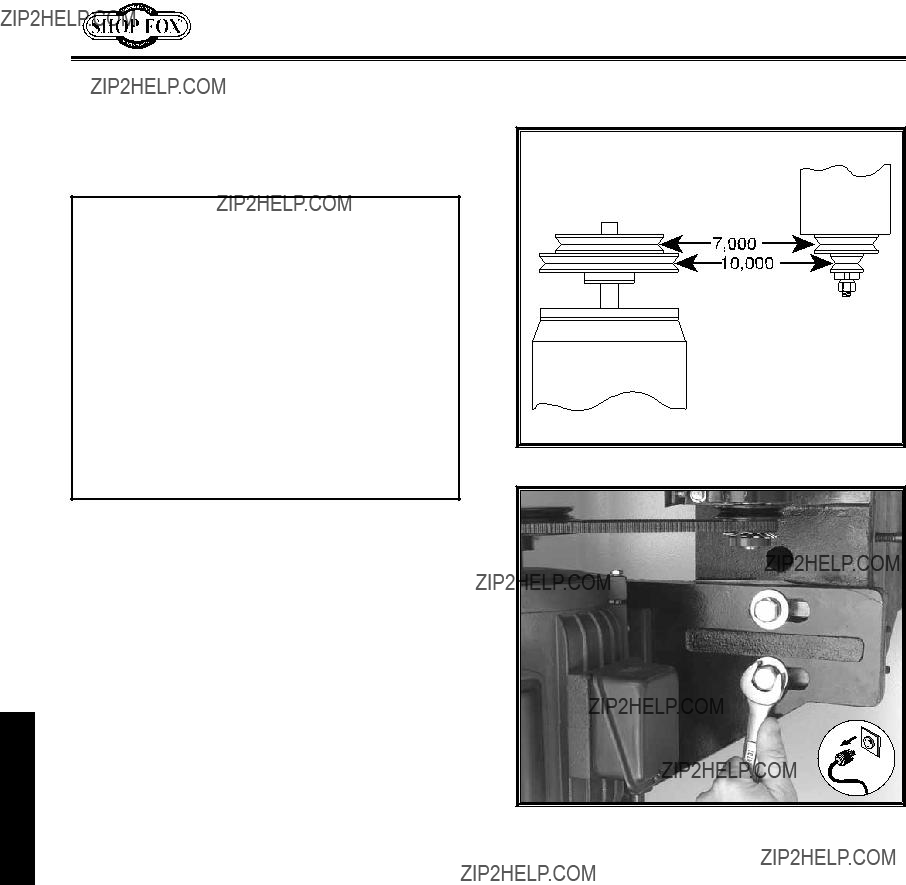
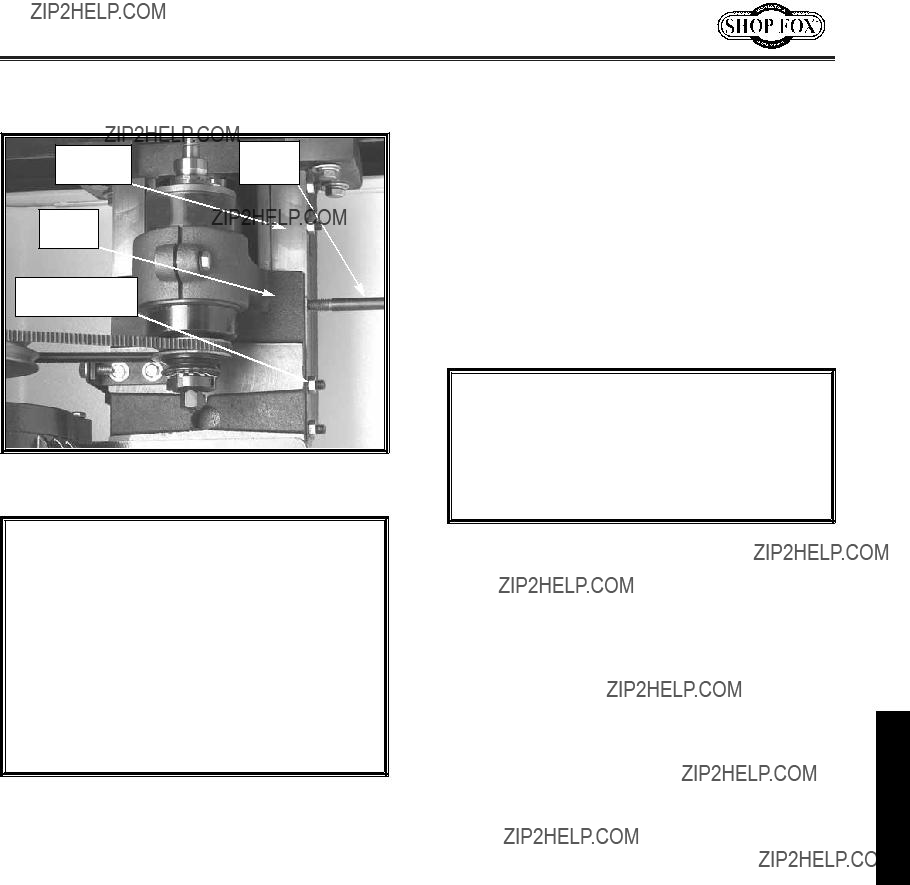
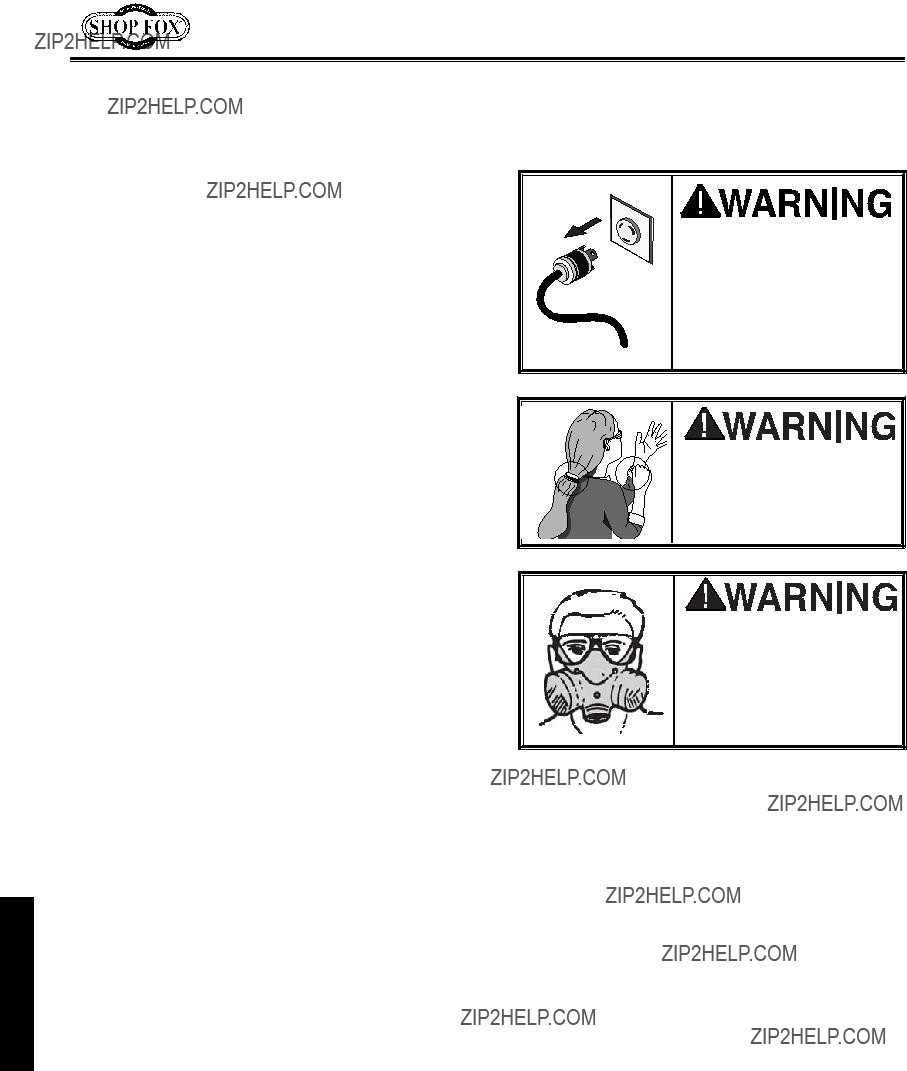

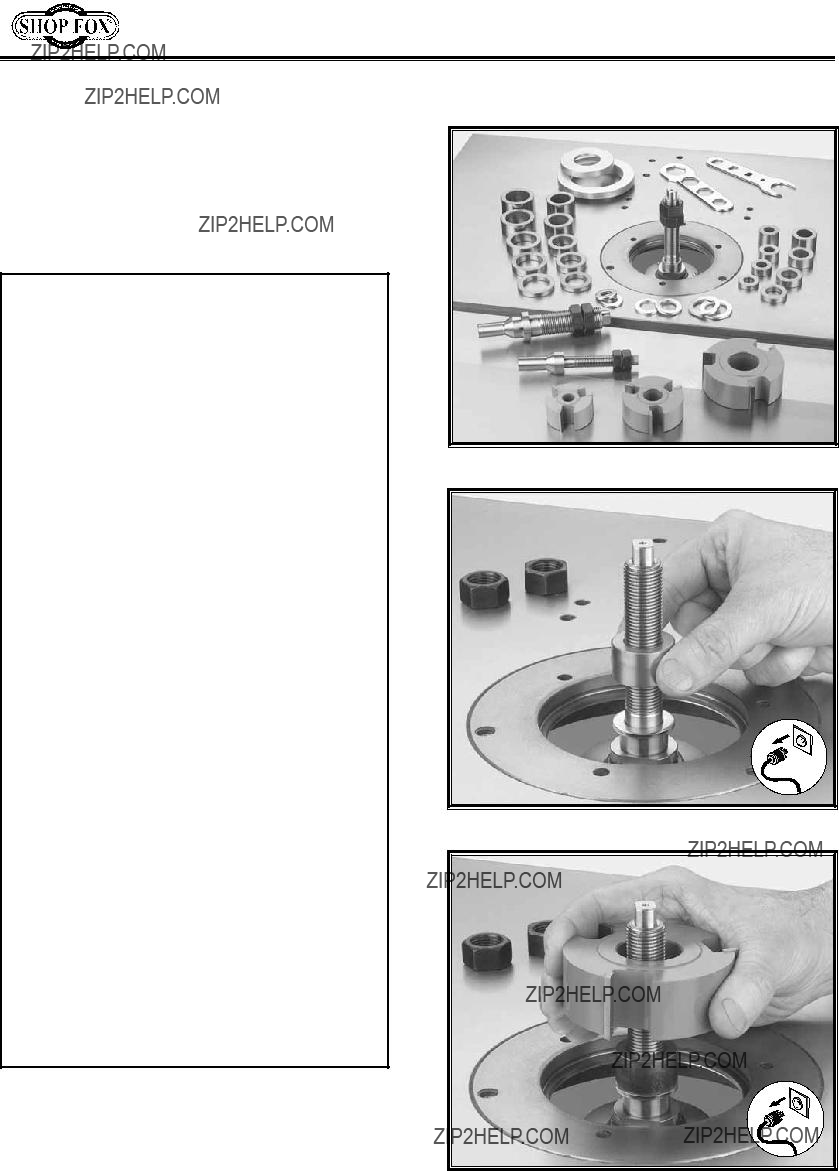
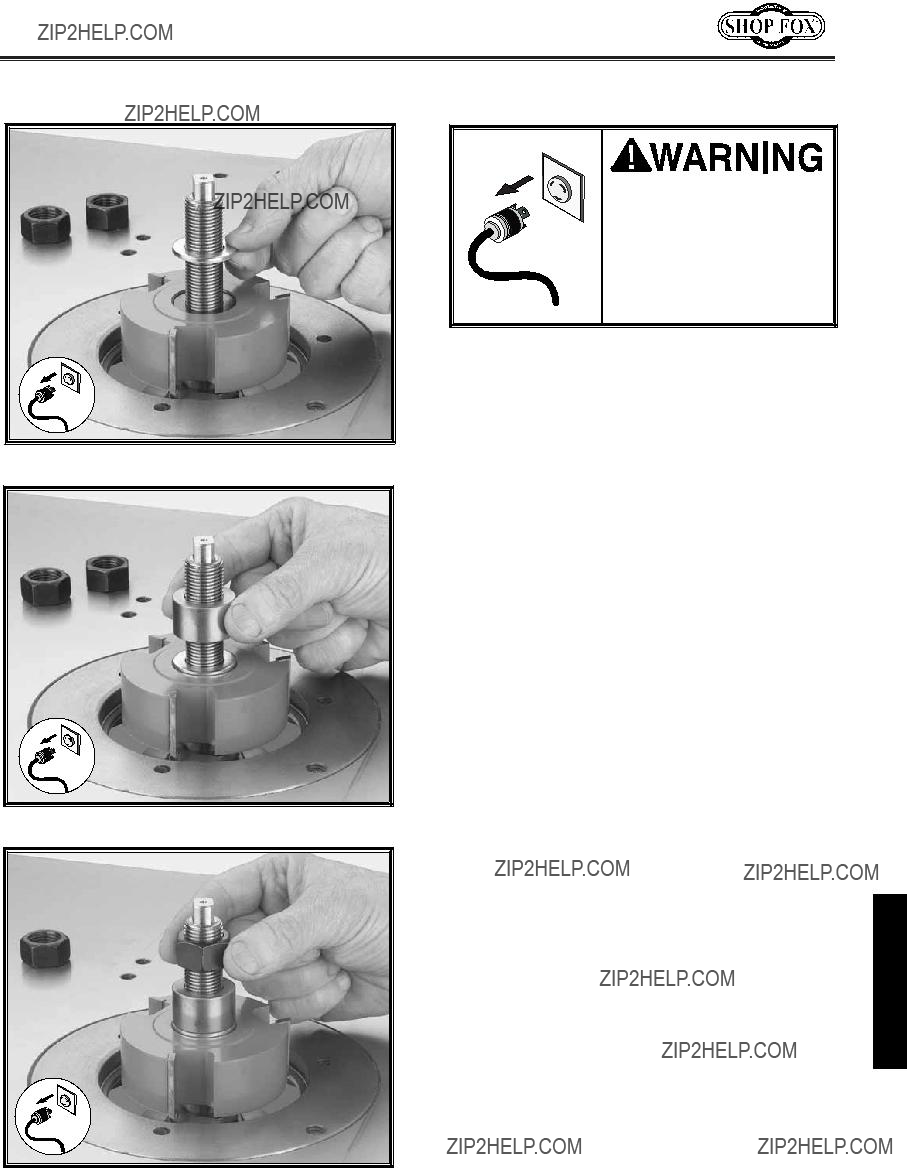
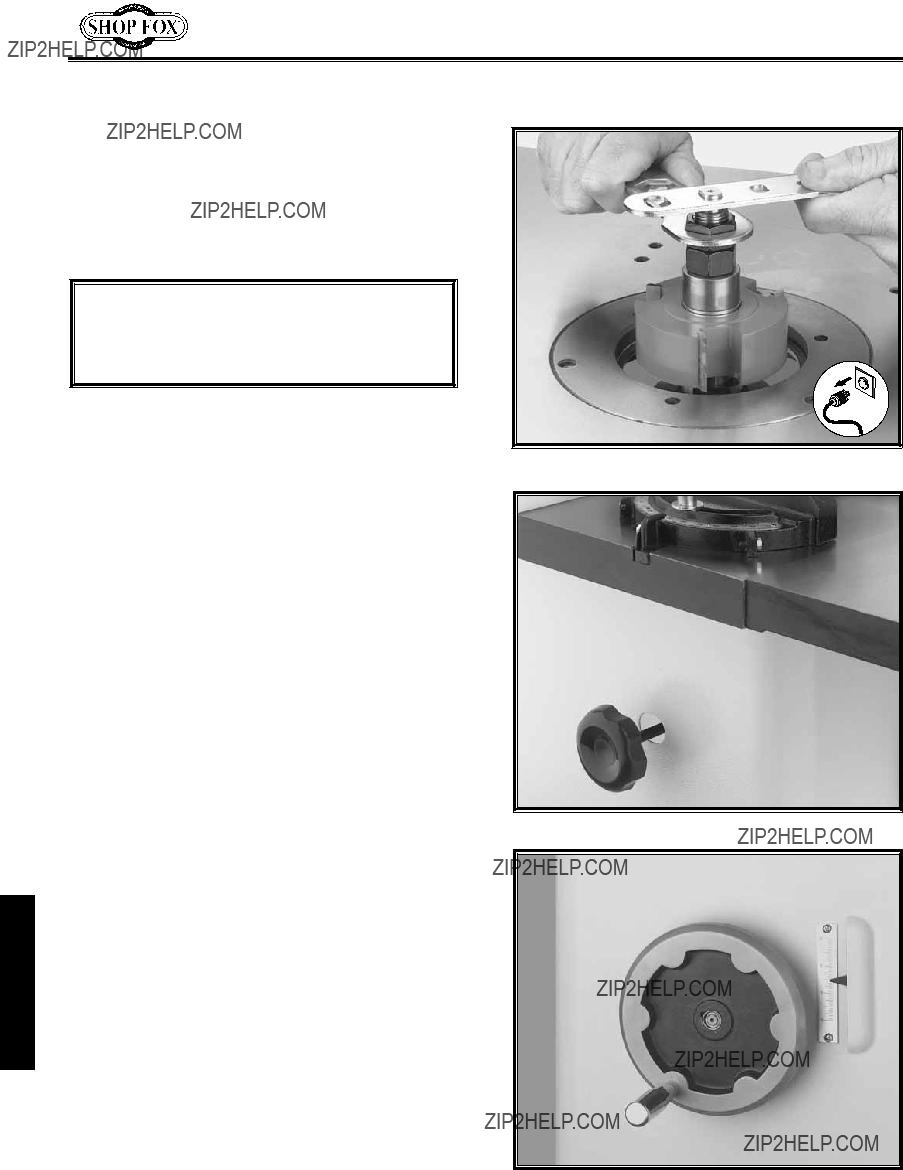
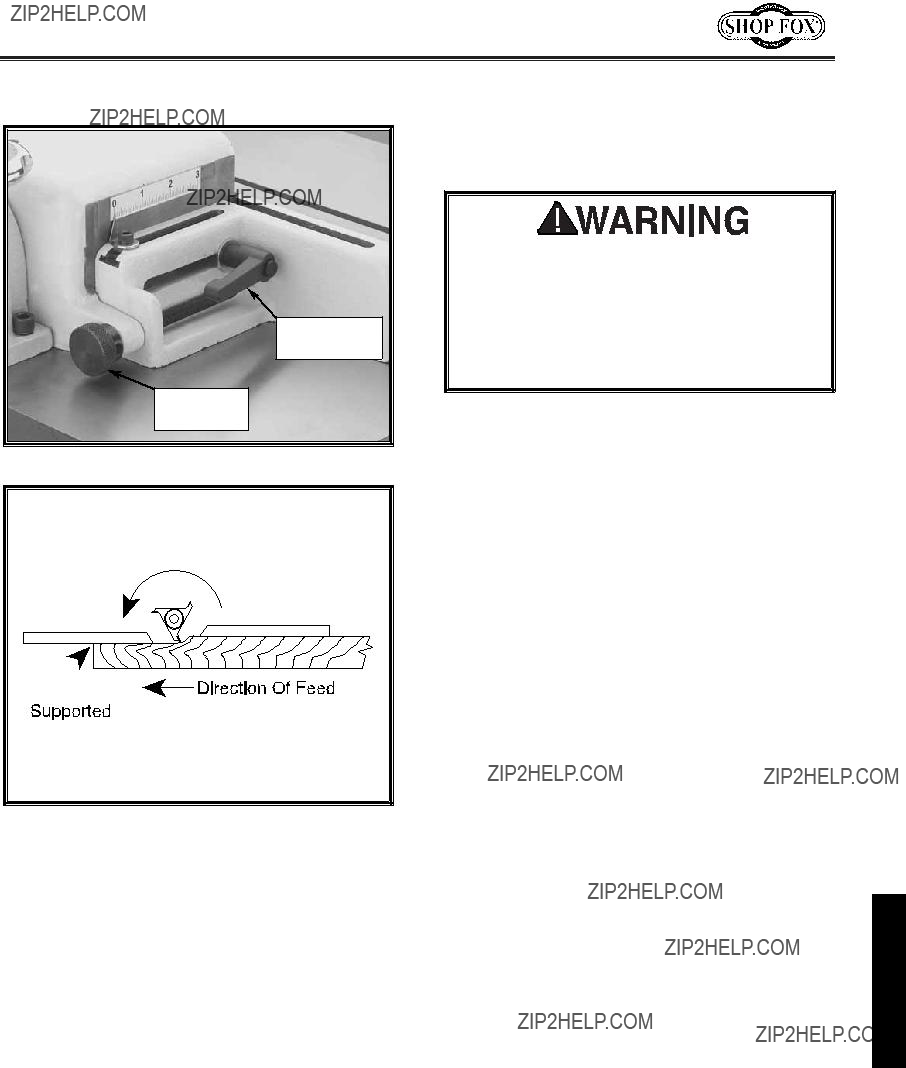
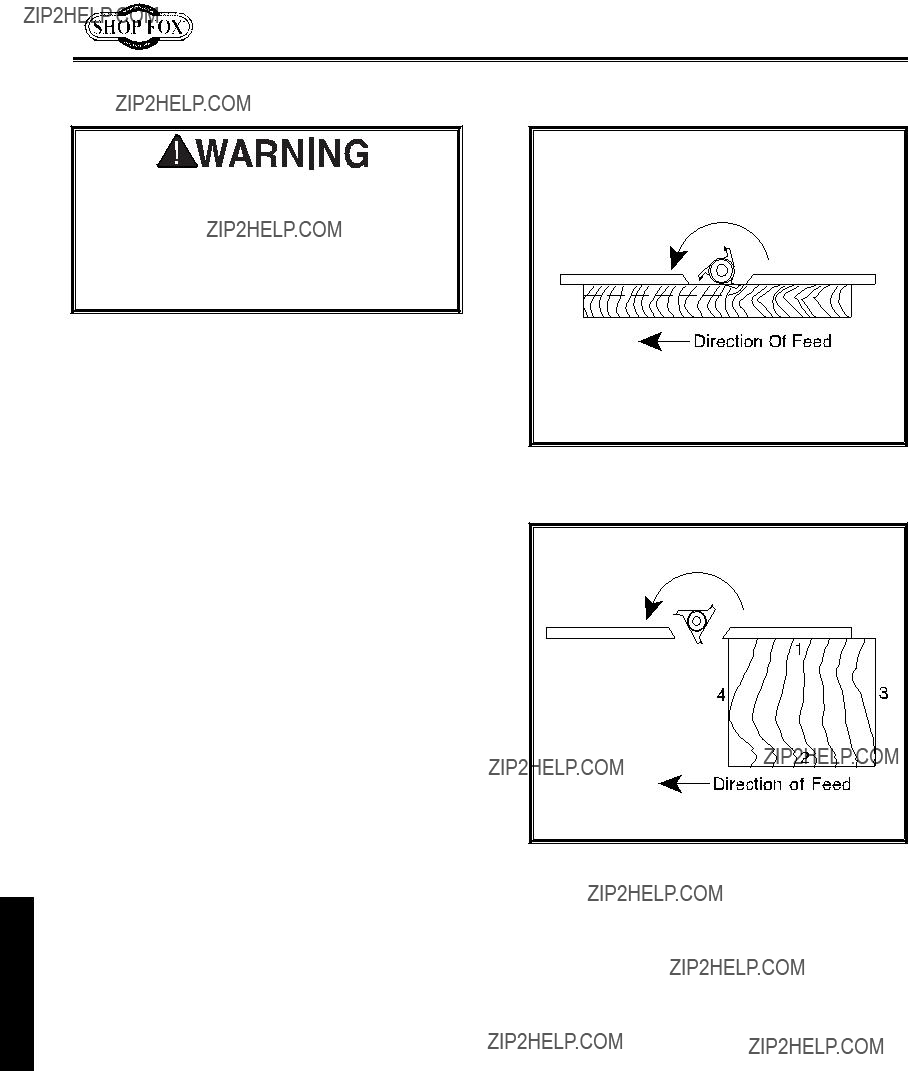

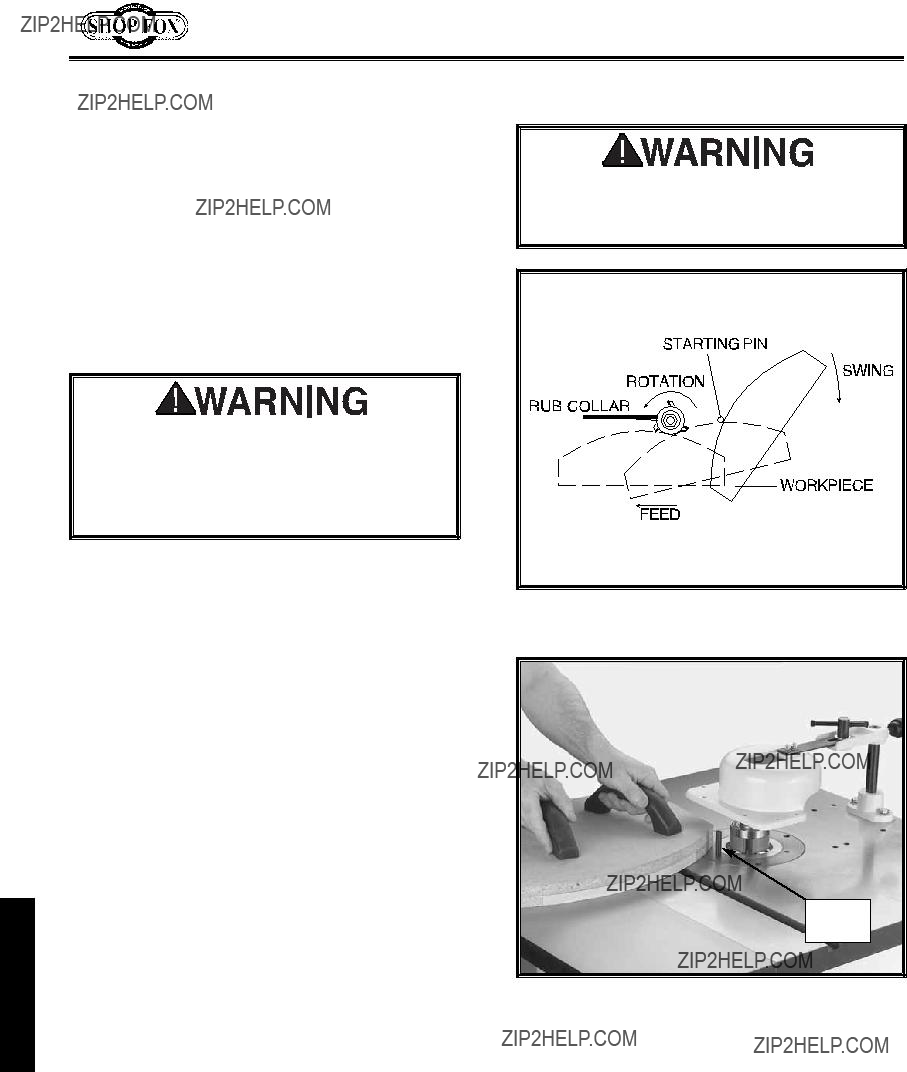
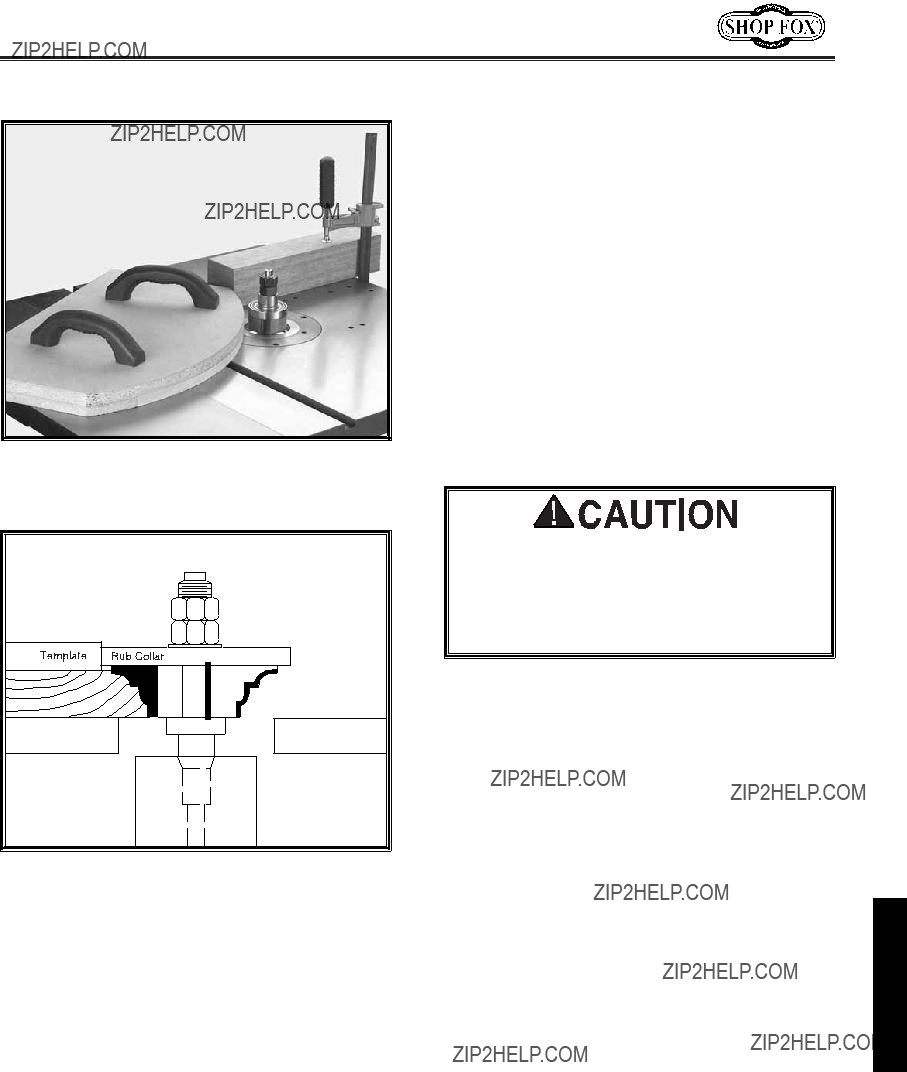
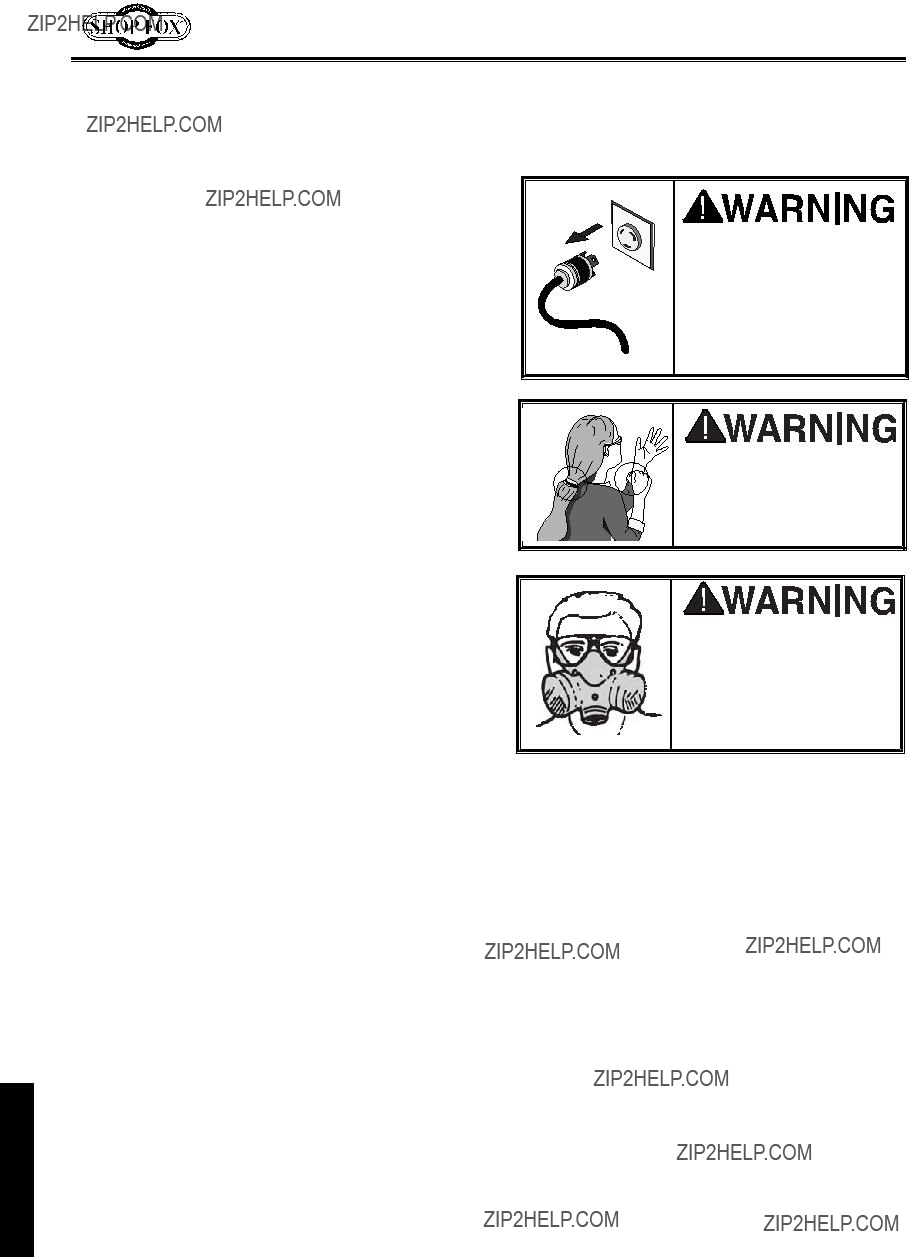
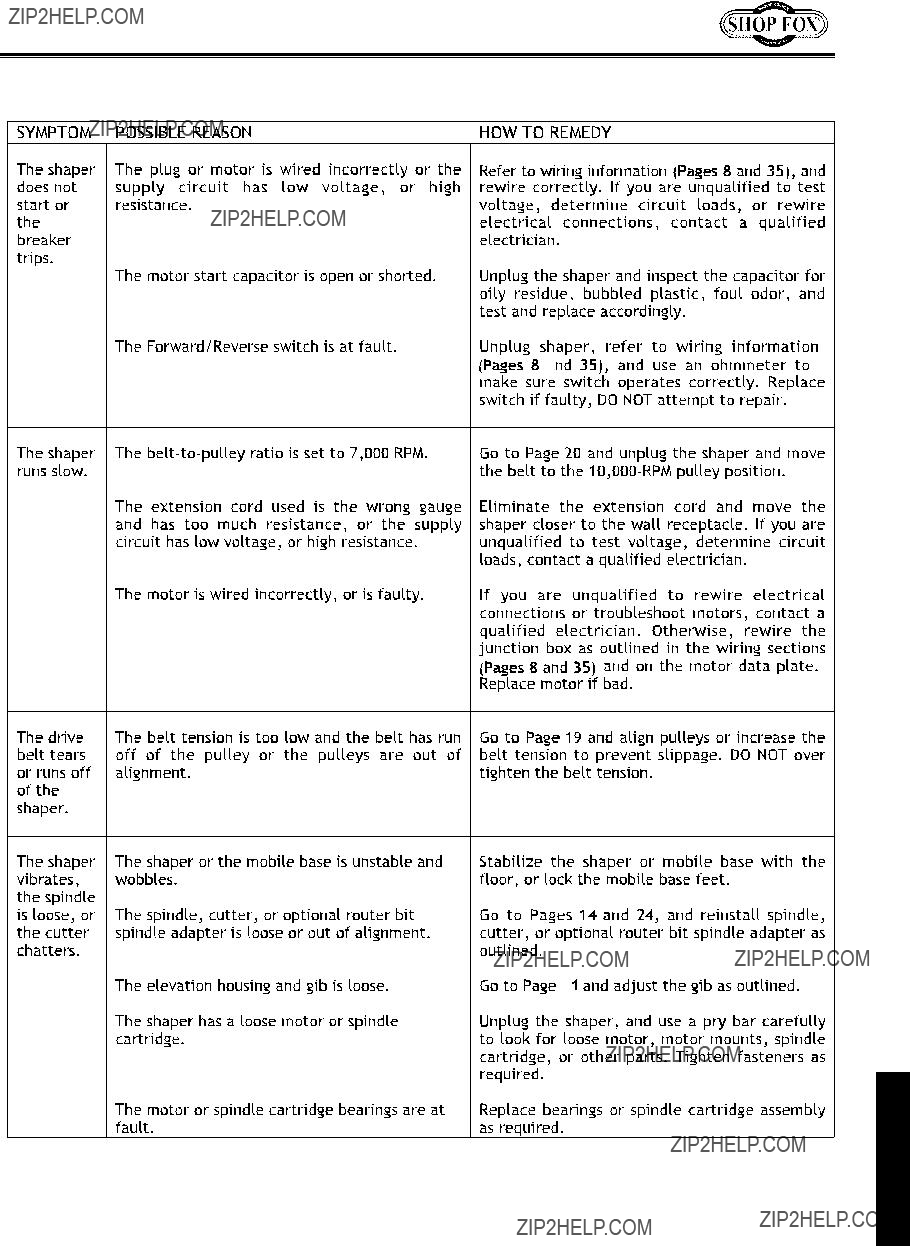
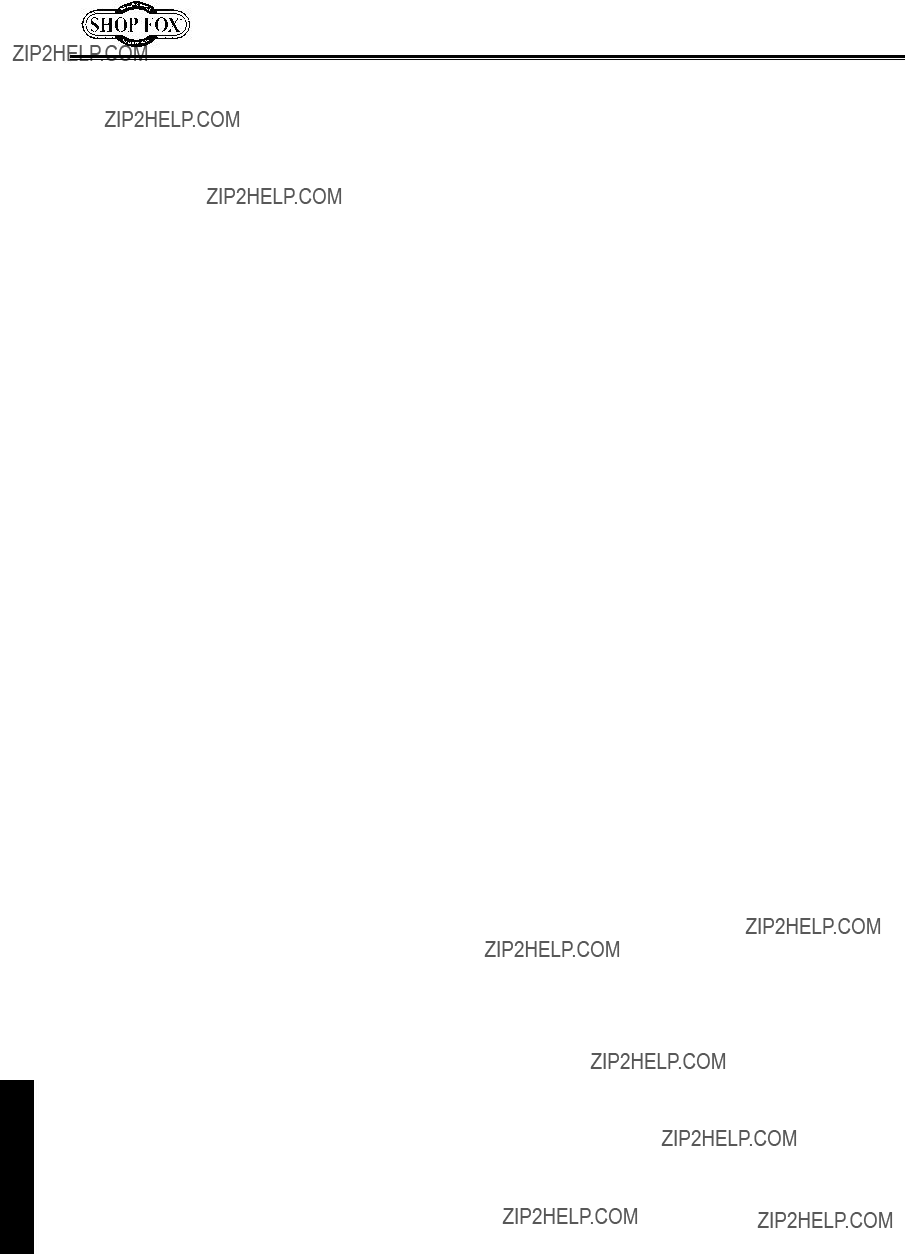









 U
U
 V
V
